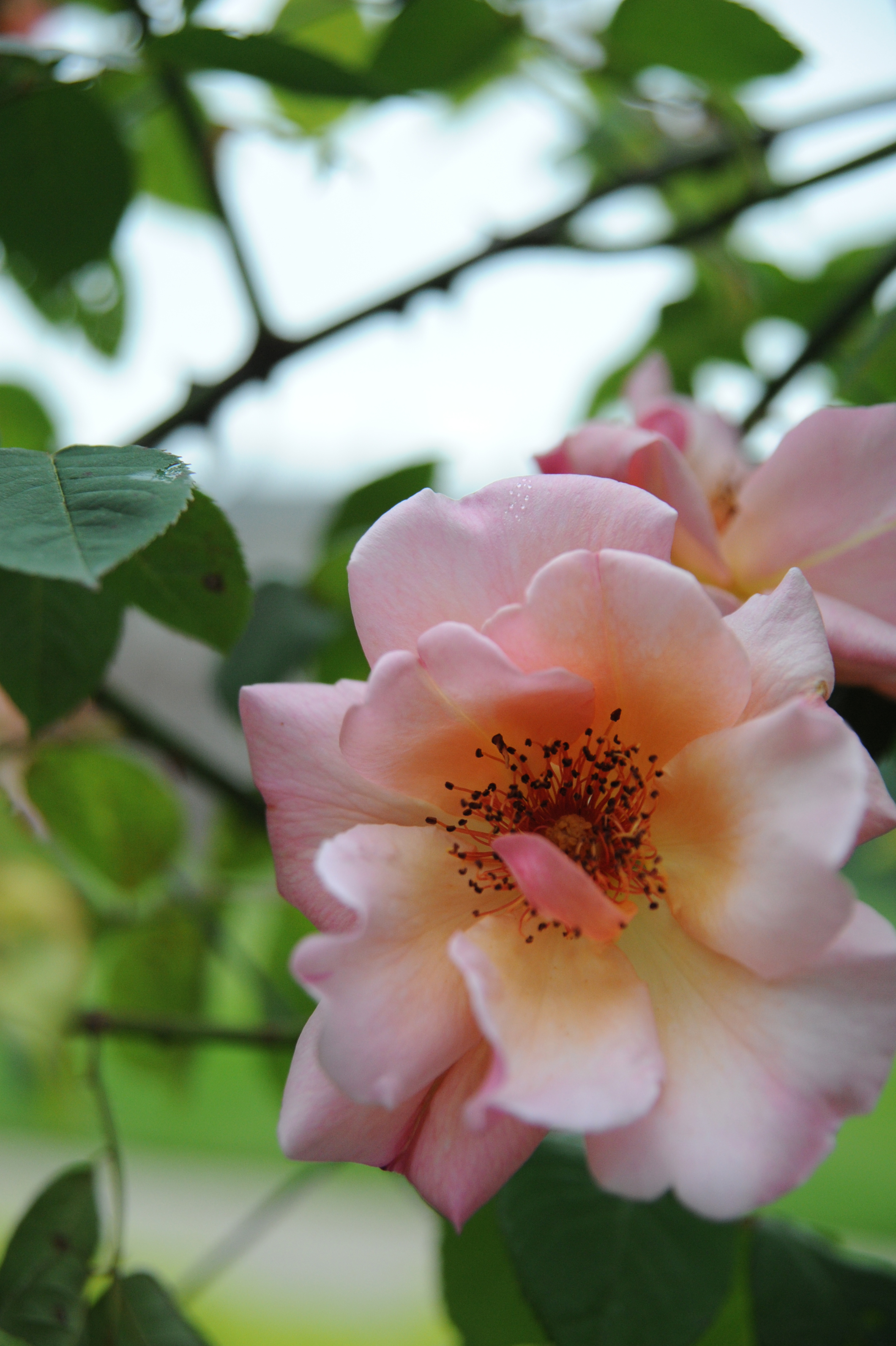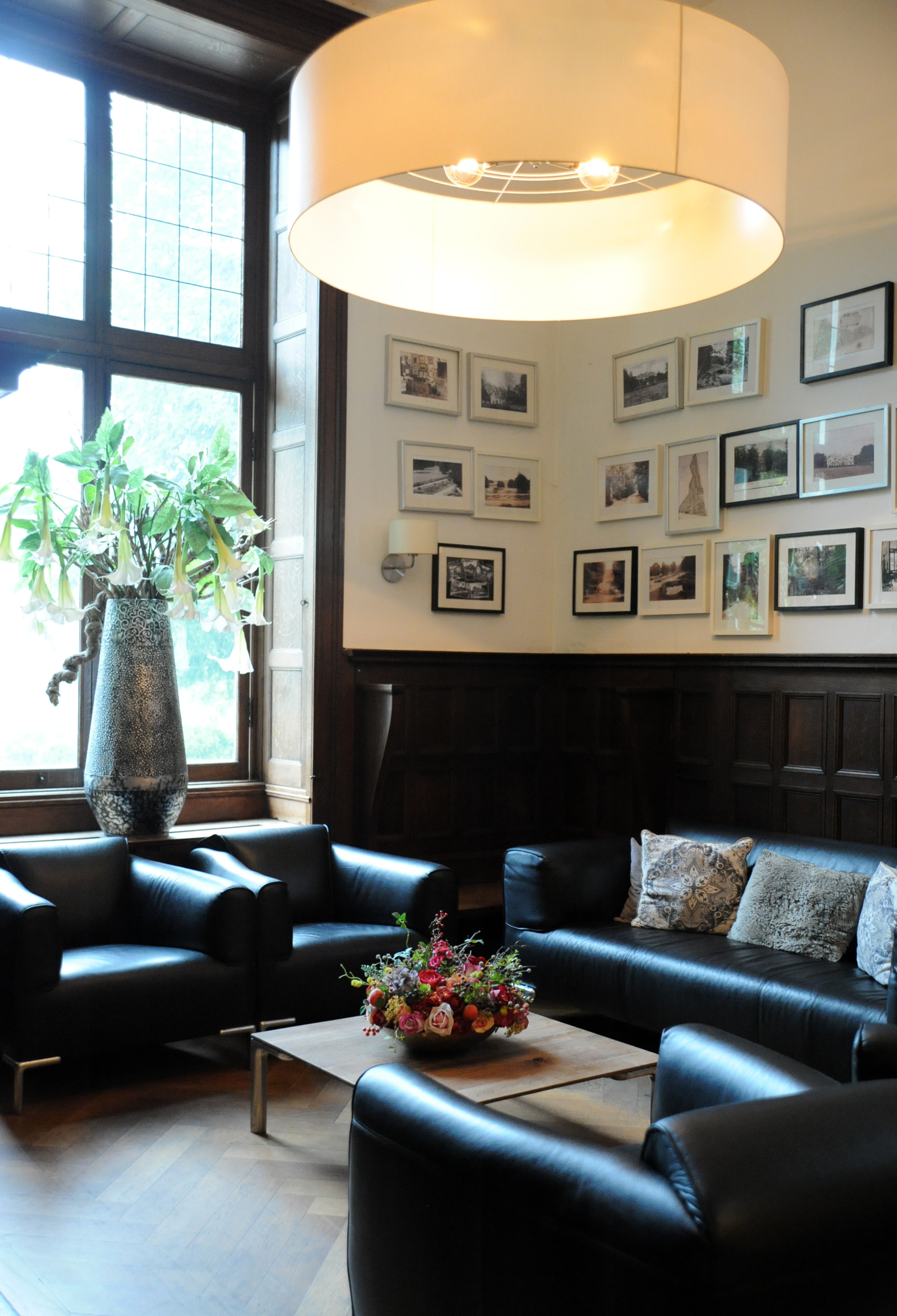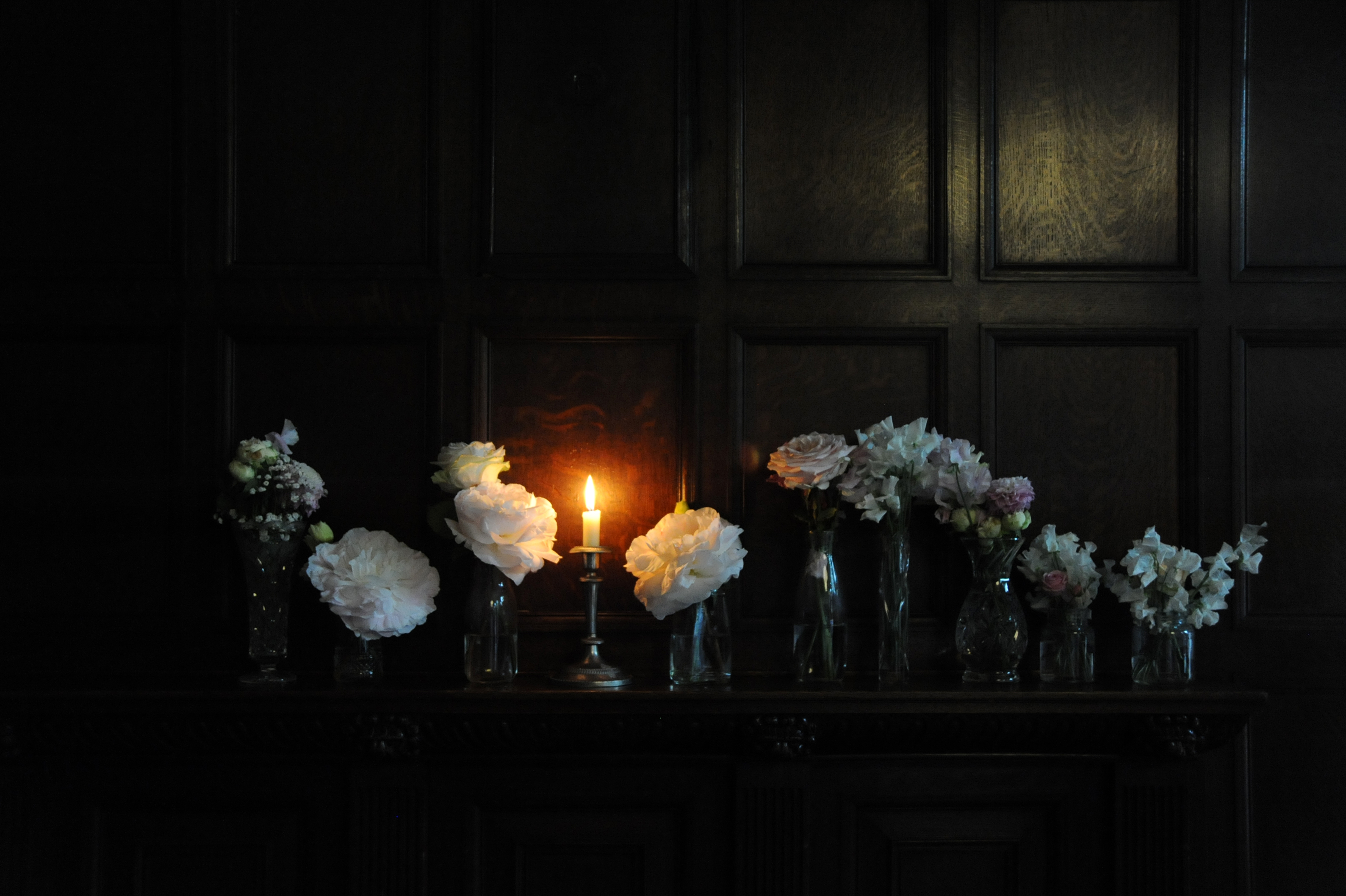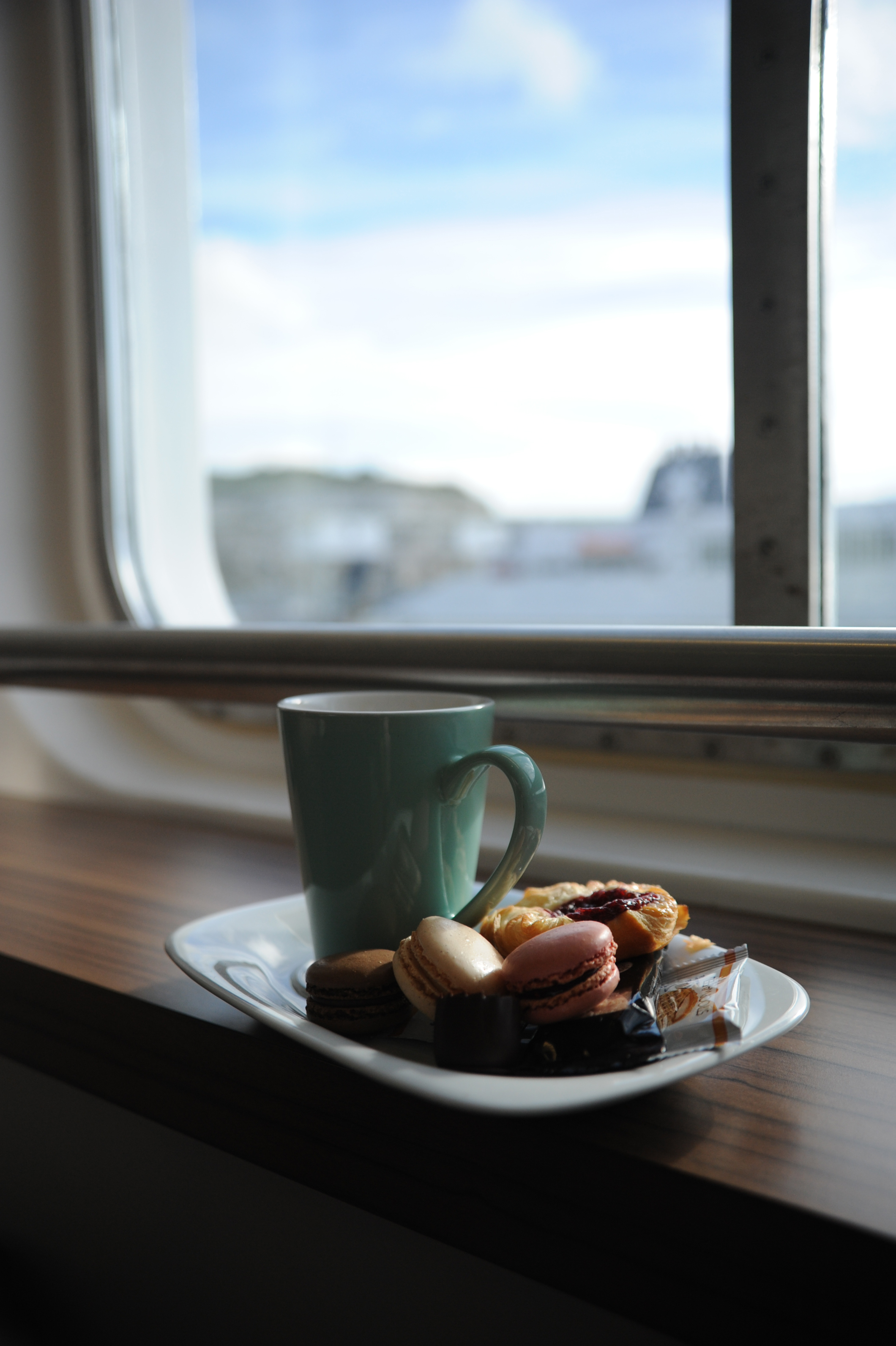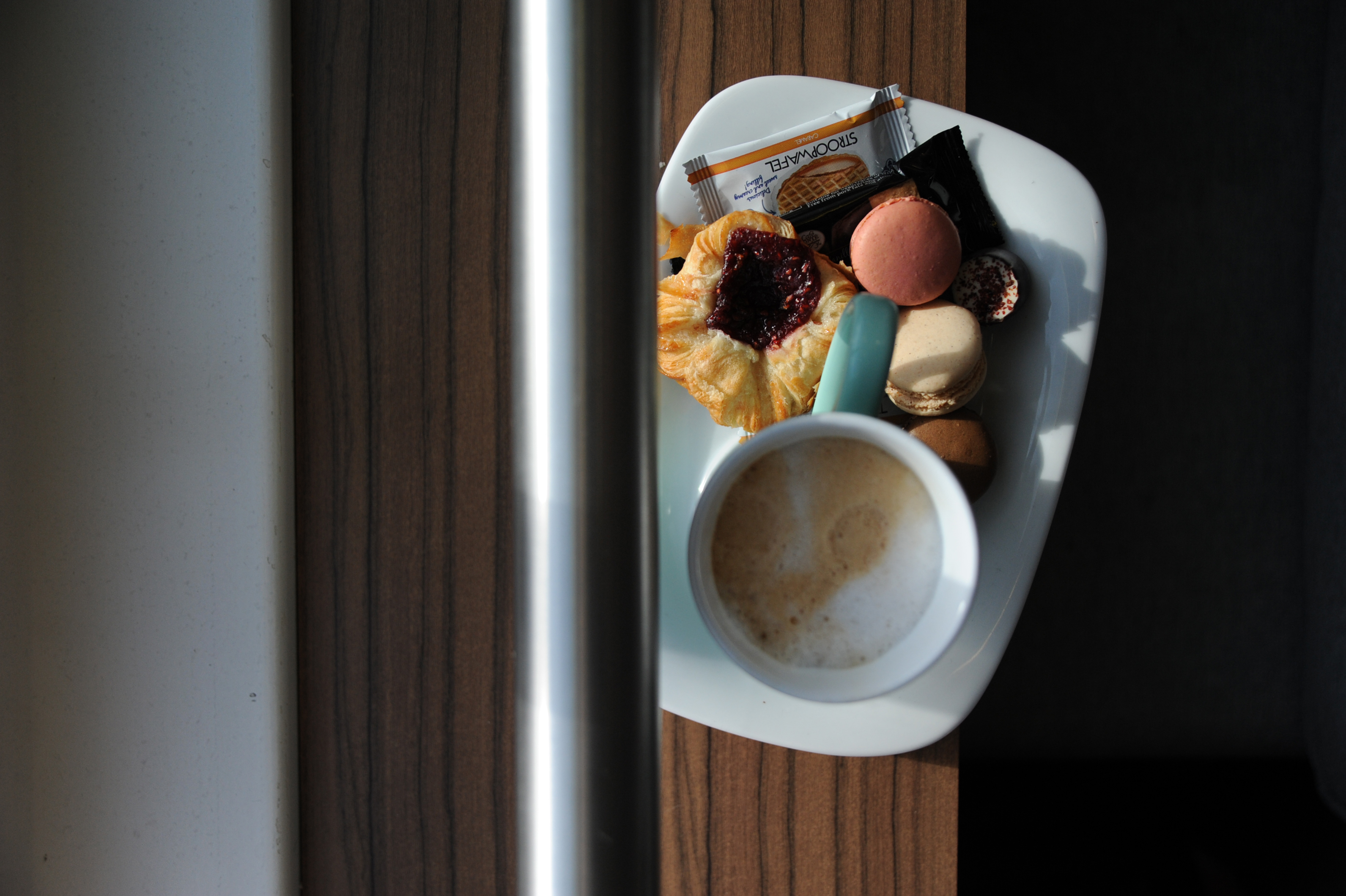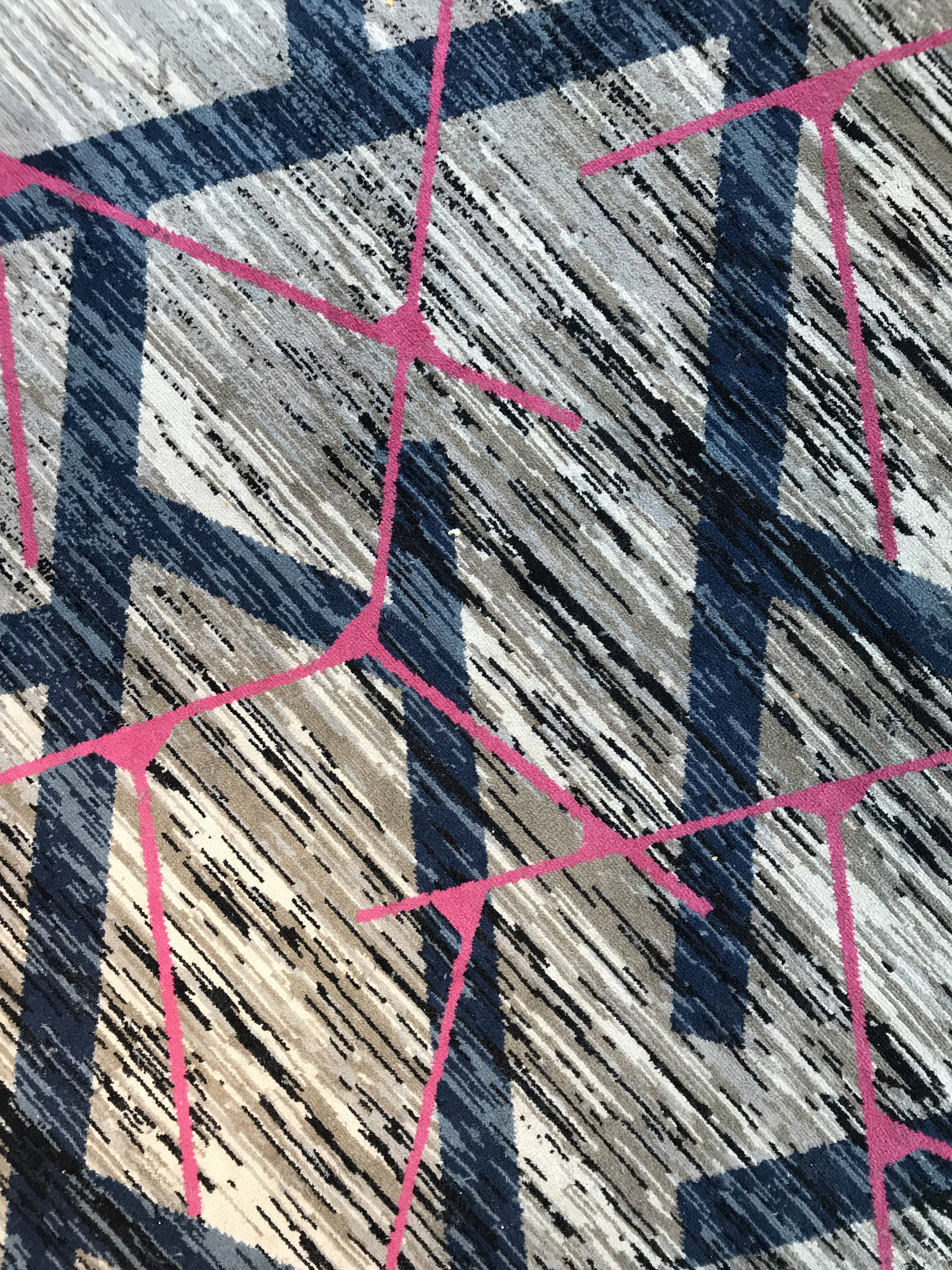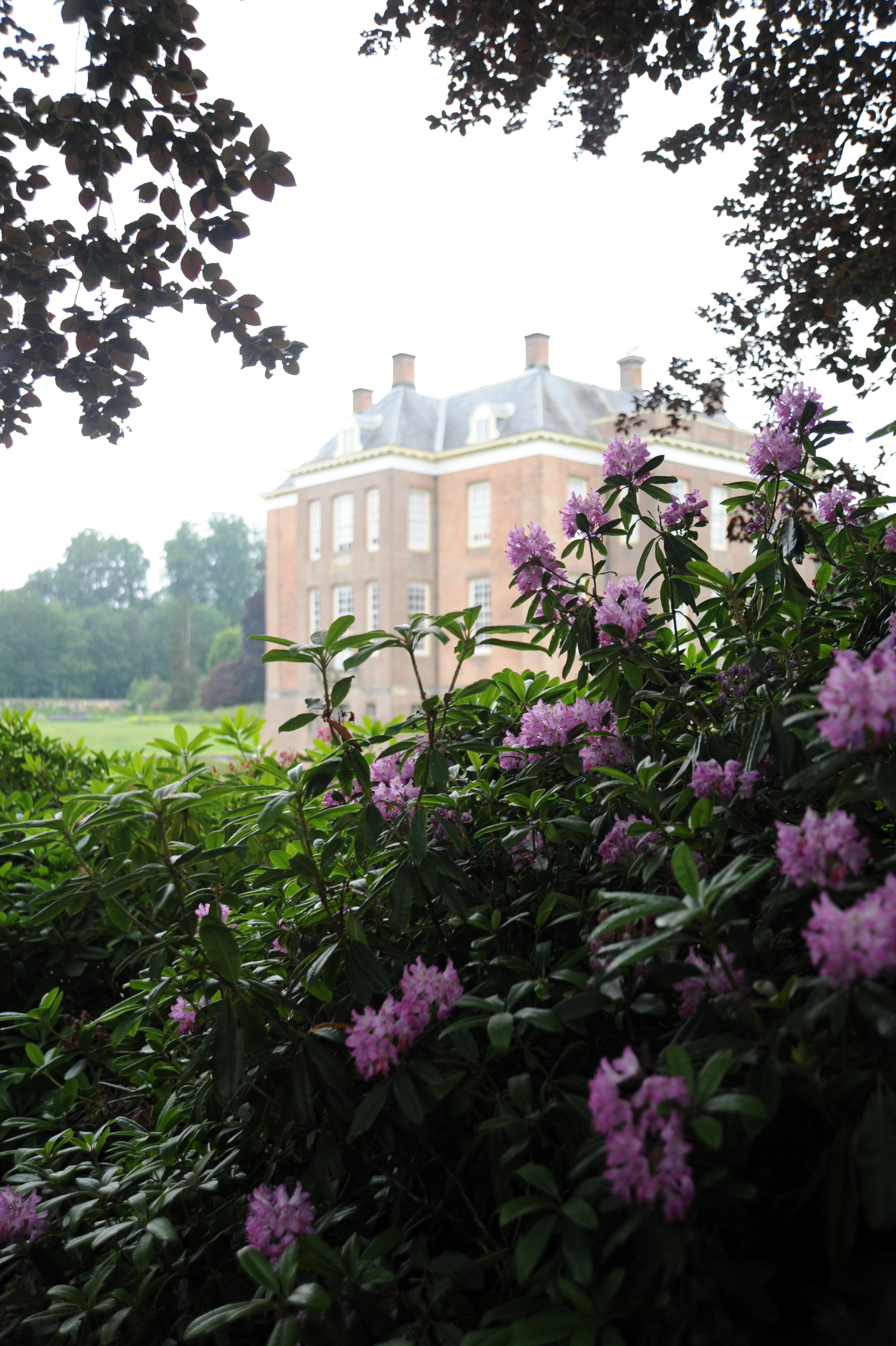
Up early, past the Banksy and onto the ferry at Dover before 8am to eat Eggs Benedict off linen-imitating paper placemats in the tranquillity and comfort of the DFDS Premium Lounge. A good way to start the day.
We drove through France and Belgium to the Netherlands, stopping at the motorway services for snacks and 70¢ loo stops (thank you Polly for paying for my pees!) At one place there was a cockerel chilling in the picnic area, so I took a few minutes to share a stroopwafel with him.
When I was invited on a mini tour of Dutch Castles and Country Houses I squealed with joy. You’ll never hear me turn down a nose around someone else’s house.
There was one time where I thought I was being lured into a house by a sturdy old man, but his William Morris wallpaper and spiral staircase won over my fears of being murdered, and it was only when I entered the living room and saw the naked bodies on the tele that I feared I’d been sucked into a pensioners porn den. All was well, he had an amazing collection of art books and it turned out to be an advert for Dove.
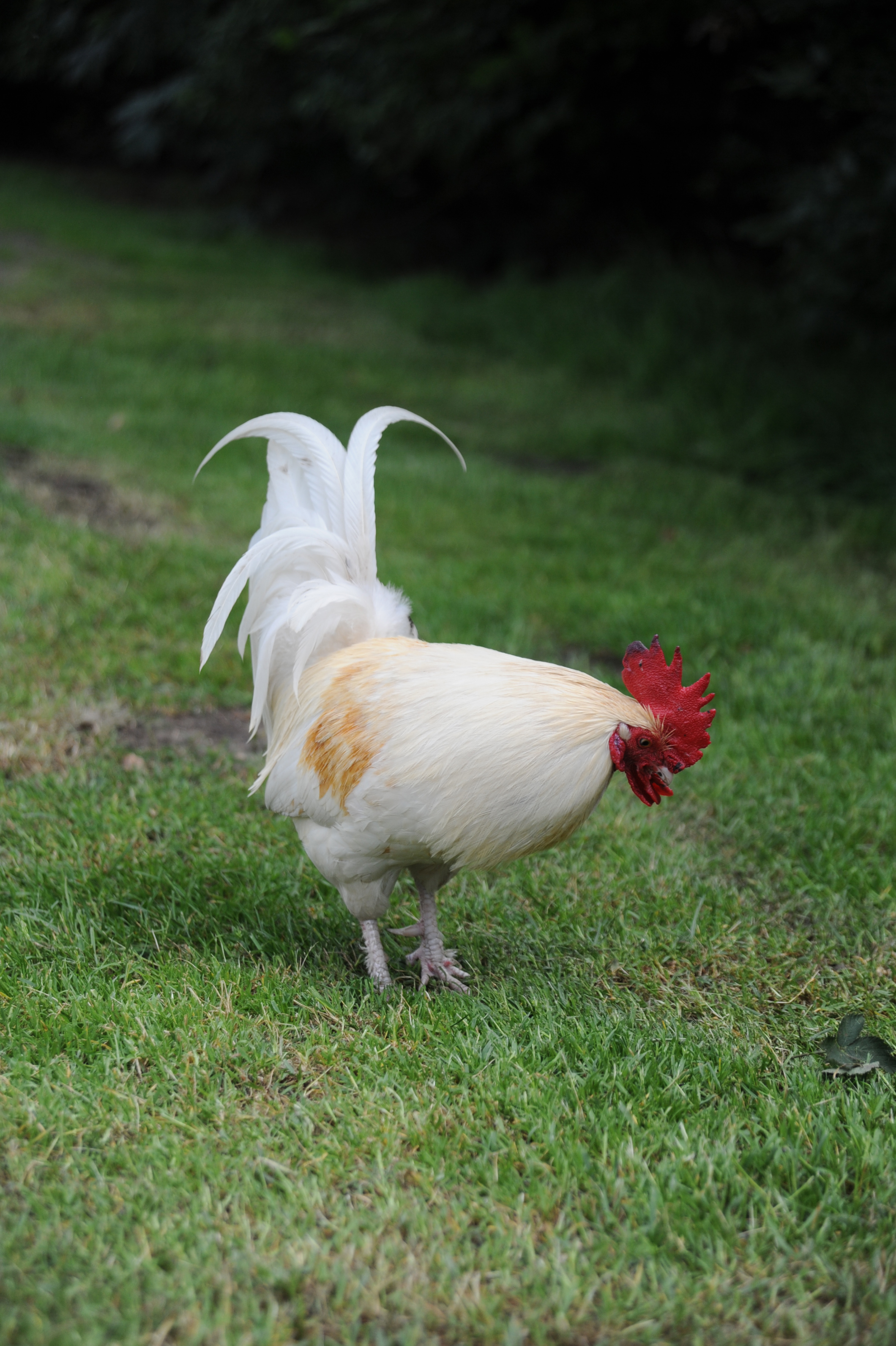


Slot Loevestein. First stop. A Medieval castle dating back to 1361, which in the 16th Century, during the Eighty Years’ War, became a State Prison. One of the prisoners was a chap called Hugo Grotius (known to be a founding father of international law) who was given a life sentence (and also allowed to take his wife, children and maid to prison with him). He escaped in a book chest and became the Queen of Sweden’s ambassador to France.
Later additions to the castle in the 1800s included bomb-proof bunkers and military housing. Loevestein’s role as an army stronghold finally came to an end after World War II in 1951.
These days you can explore the castle at ease, stay the night in the Officers house, or rent out a little soldiers’ cottage, have lunch in the Taverne, get a boat to a local restaurant in the evening, see a child’s skeleton in the museum, visit the shop and even get married. All areas covered.
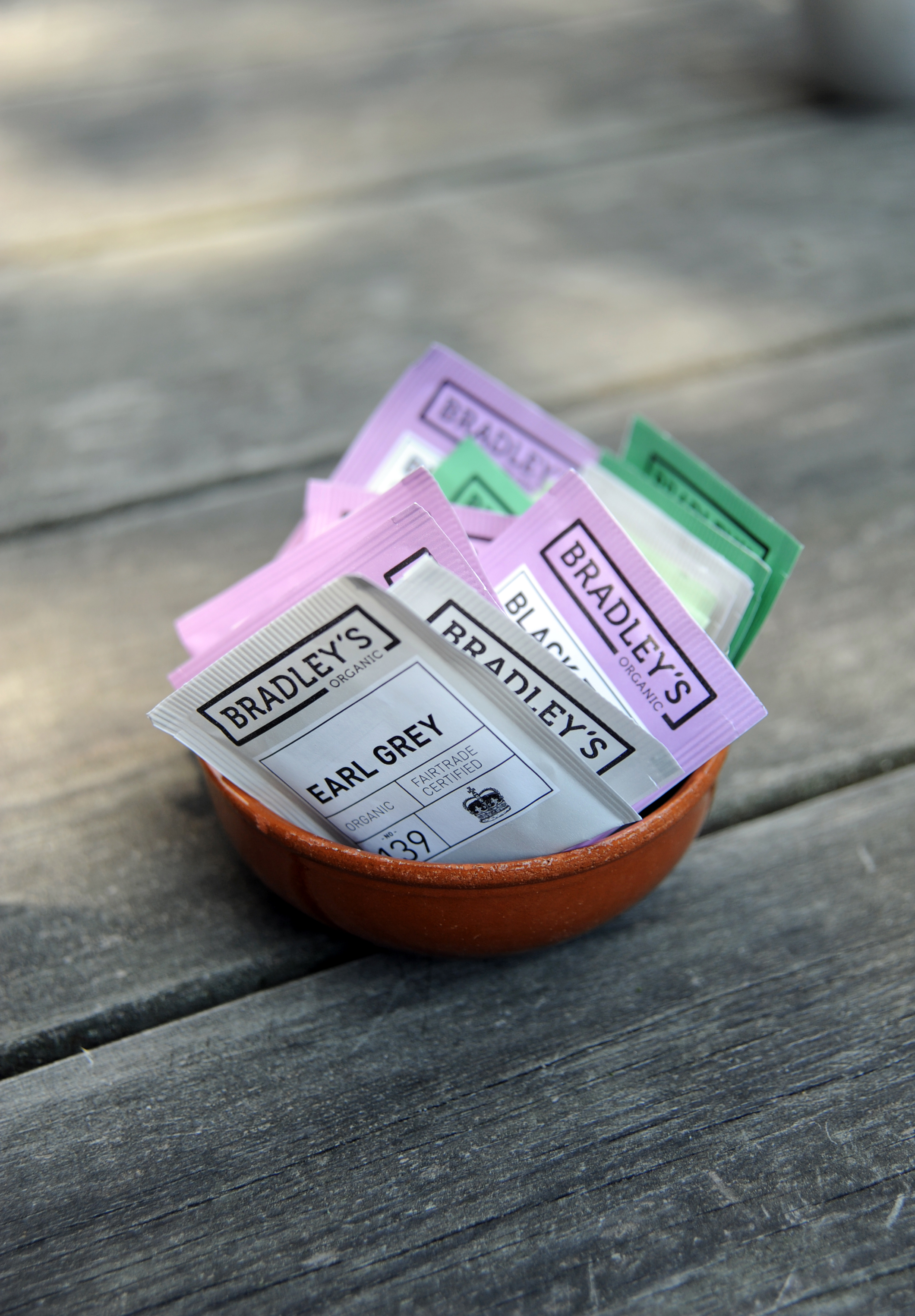
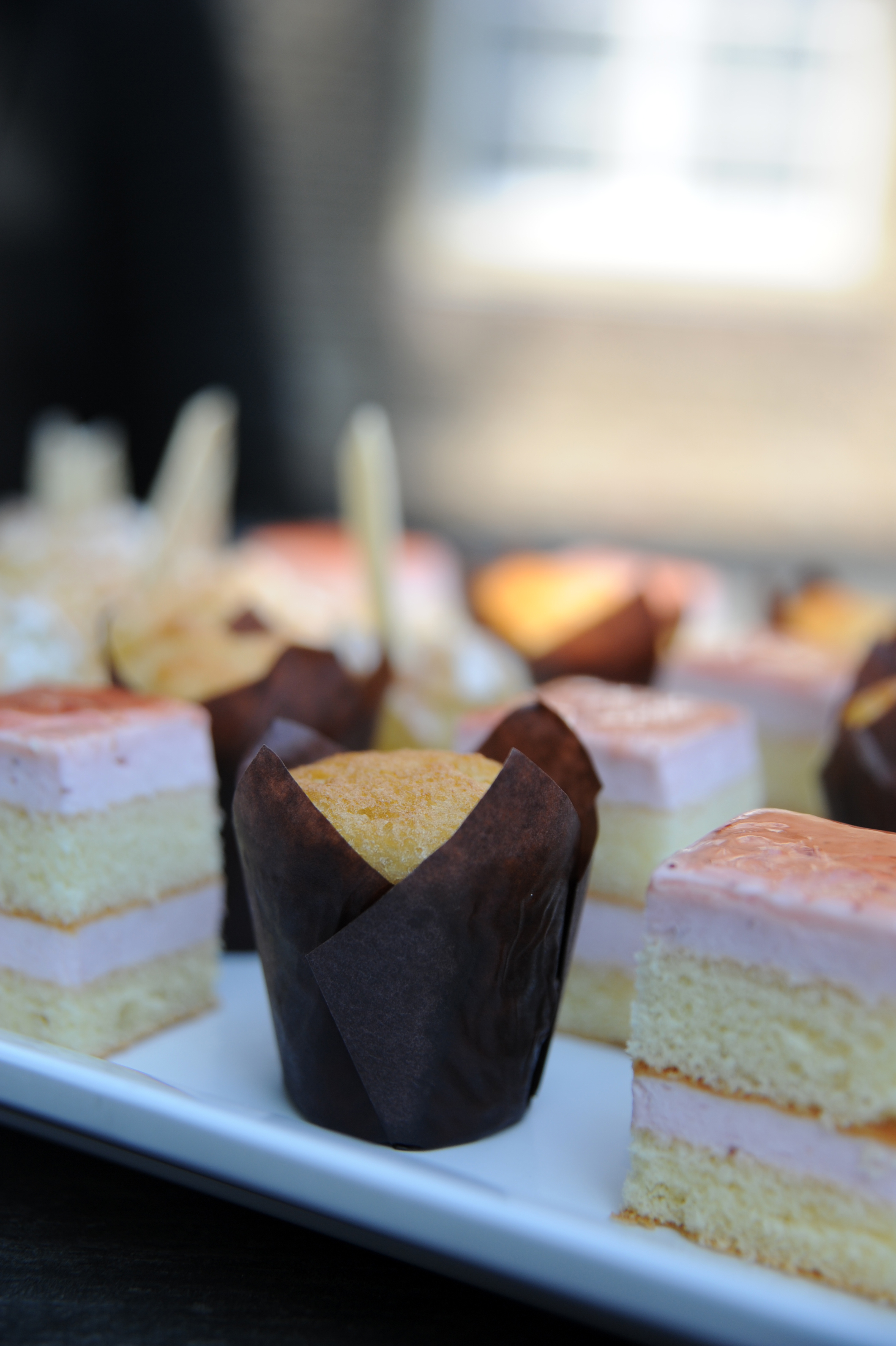
We sat outside in the garrisons’ street, breeze rustling in the trees, sun streaking through the leaves. Cakes with strawberries, and chocolates, and tea in nice packets.
Someone asked, ‘Which are the most popular castles?’ and I couldn’t help but answer, ‘Bouncy’.
Landgoed Hotel Groot Warnsborn for the night, after a wander in the grounds and a four-course dinner. A beautiful ‘18th Century’ mansion set in magical gardens, within an ancient forest. In 1932, after full renovation, the house was opened as a hotel. Anne Frank stayed at Groot Warnsborn in September 1941; they think that was her last holiday.
Throughout World War II the hotel was a recreation resort for German soldiers, but during a party the whole house was burnt to the ground. The orangery, icehouse, and terraced gardens remained, but the house we now see was built in 1952.
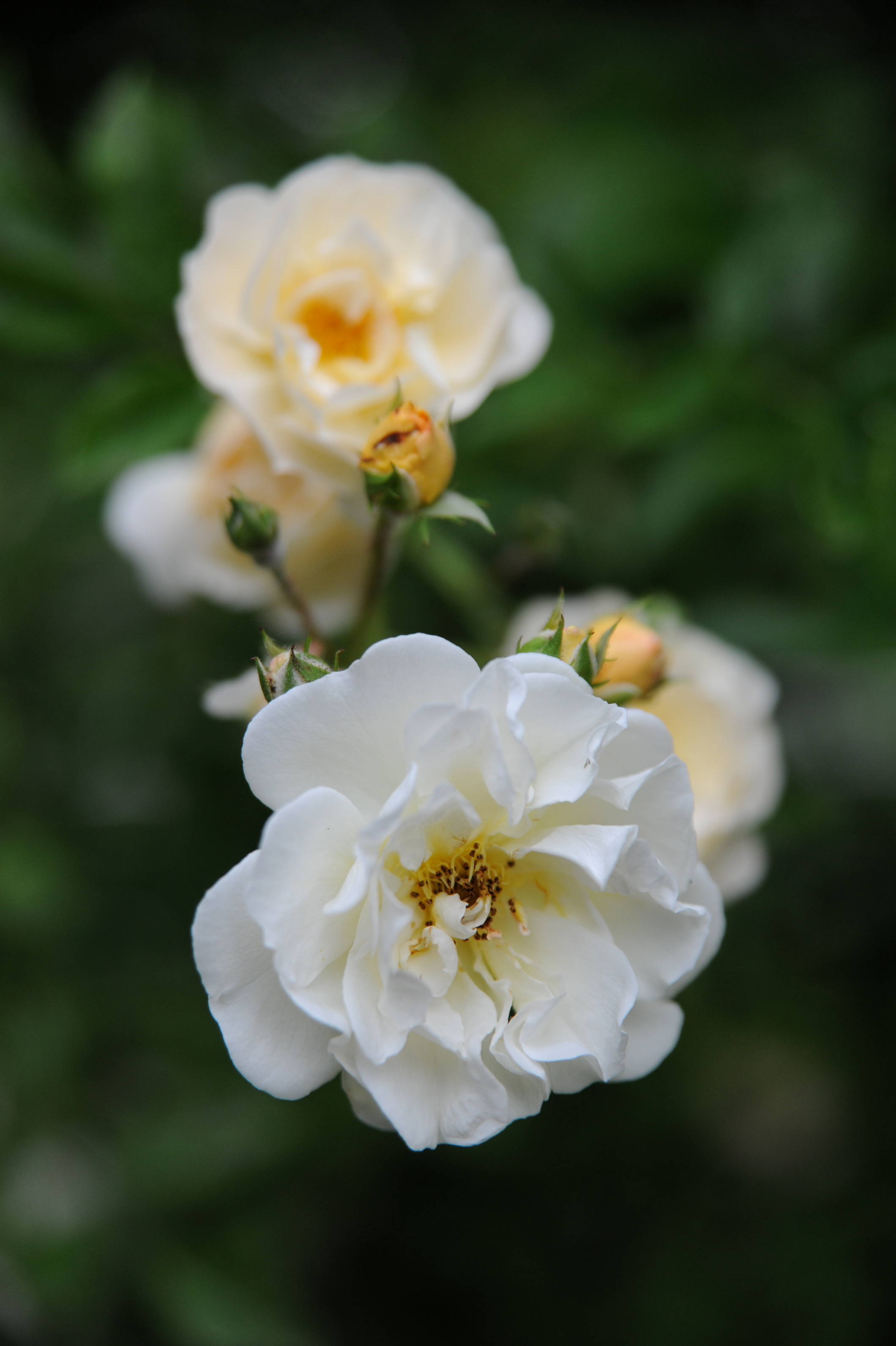
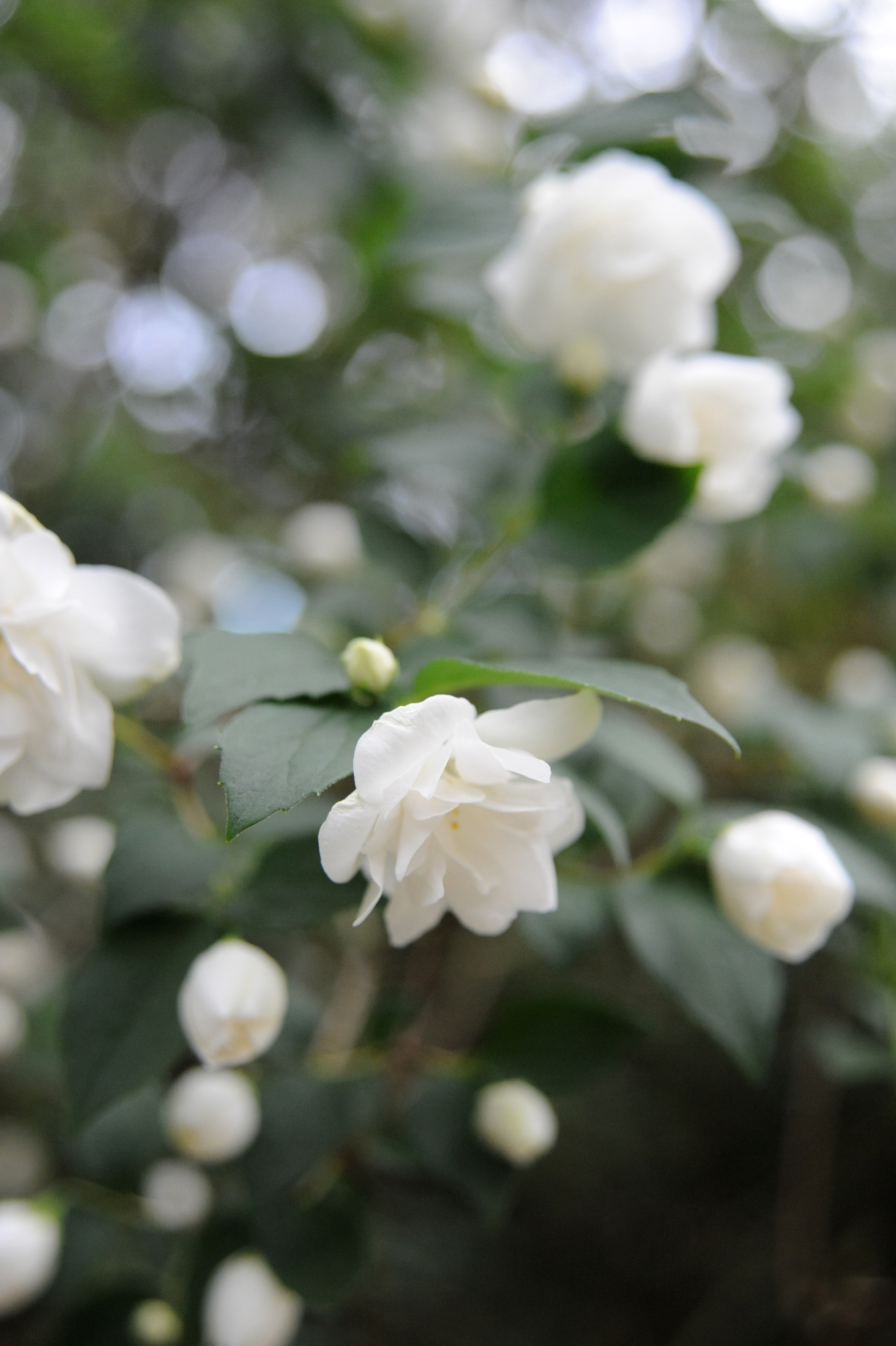
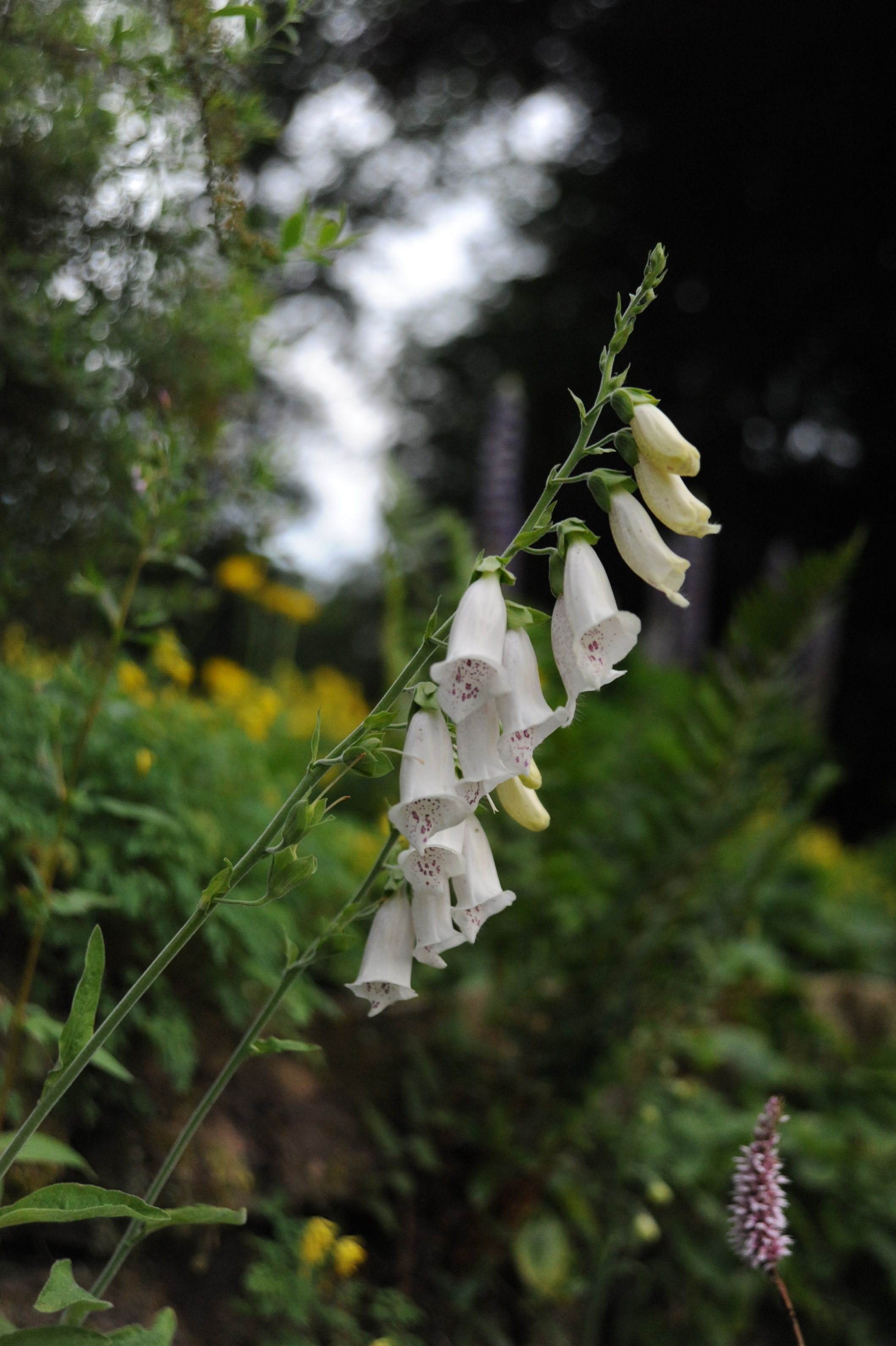
Acres and acres of towering trees. Ferns and foxgloves, and beautiful scented roses. Somewhere there were burial mounds and crayfish in freshwater, but it was time for dinner.
Drinks on the terrace, then into the private dining room. The sunlight cast shadows from candelabras. Asparagus amuse bouche. Piglet with sweet onion, citrusy balsamic, crisp brown rice. Venison sausage and mashed potatoes. Beef with white asparagus and green bean puree. Hibiscus, rhubarb, matcha pudding.
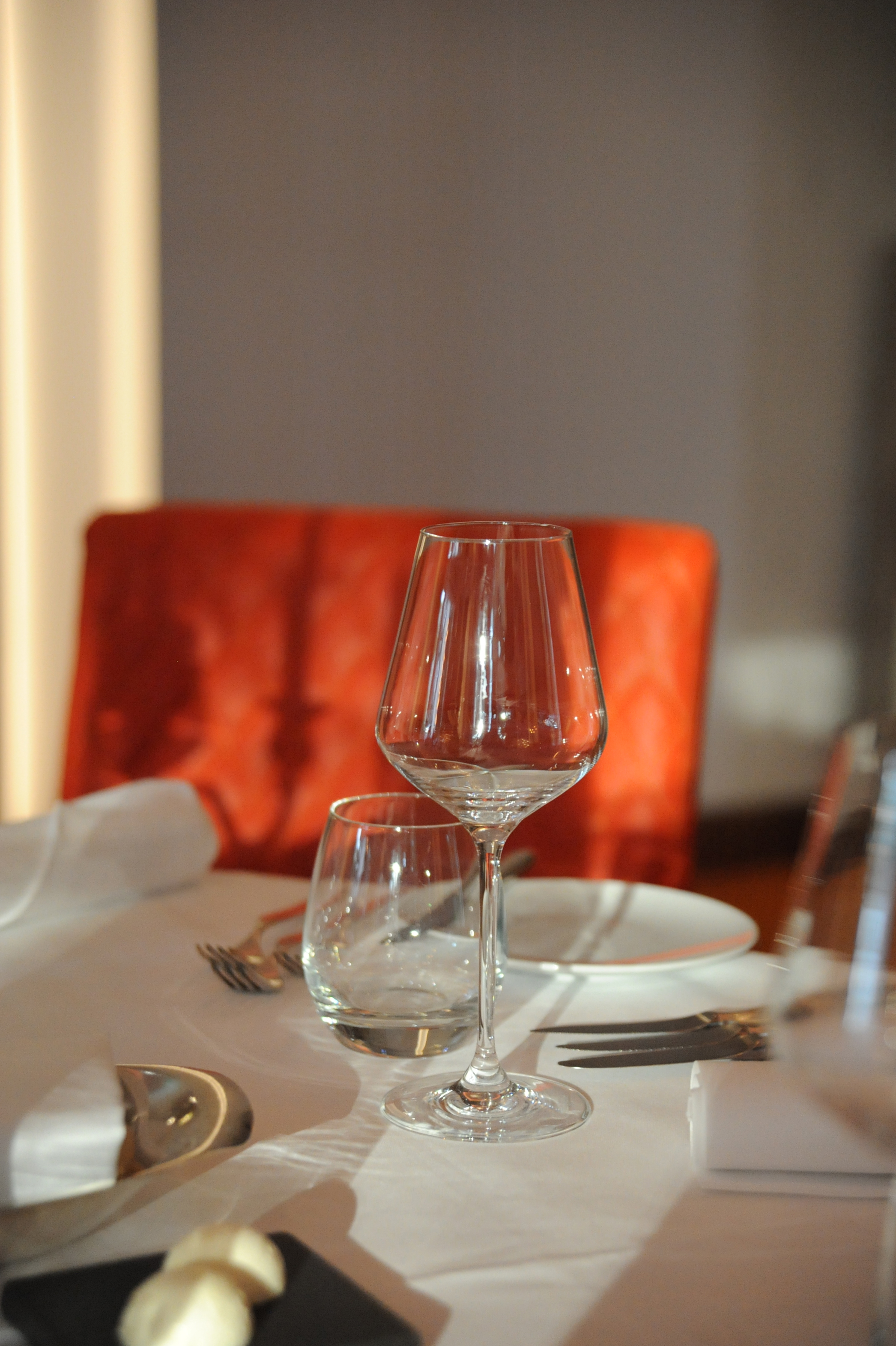
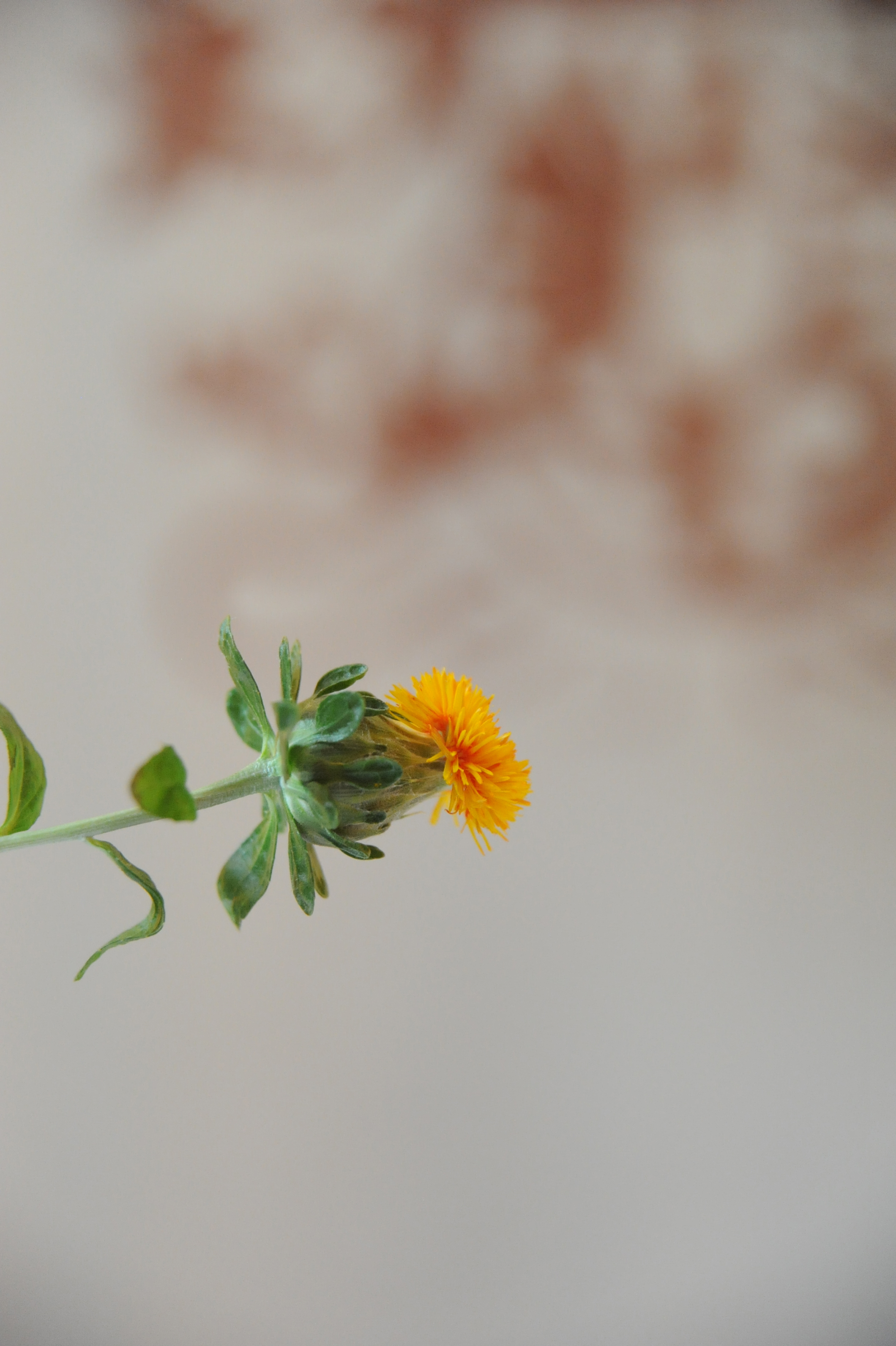
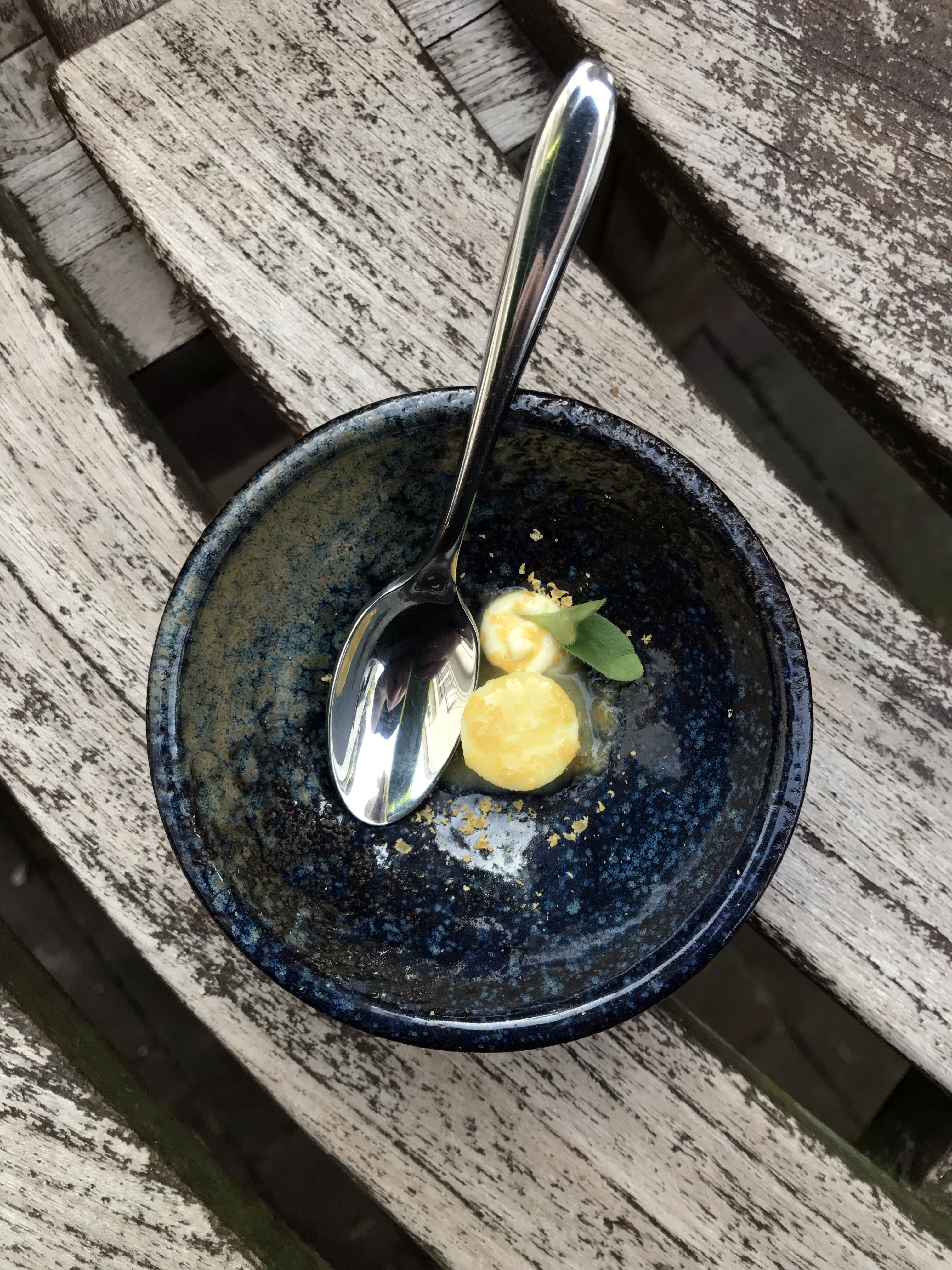
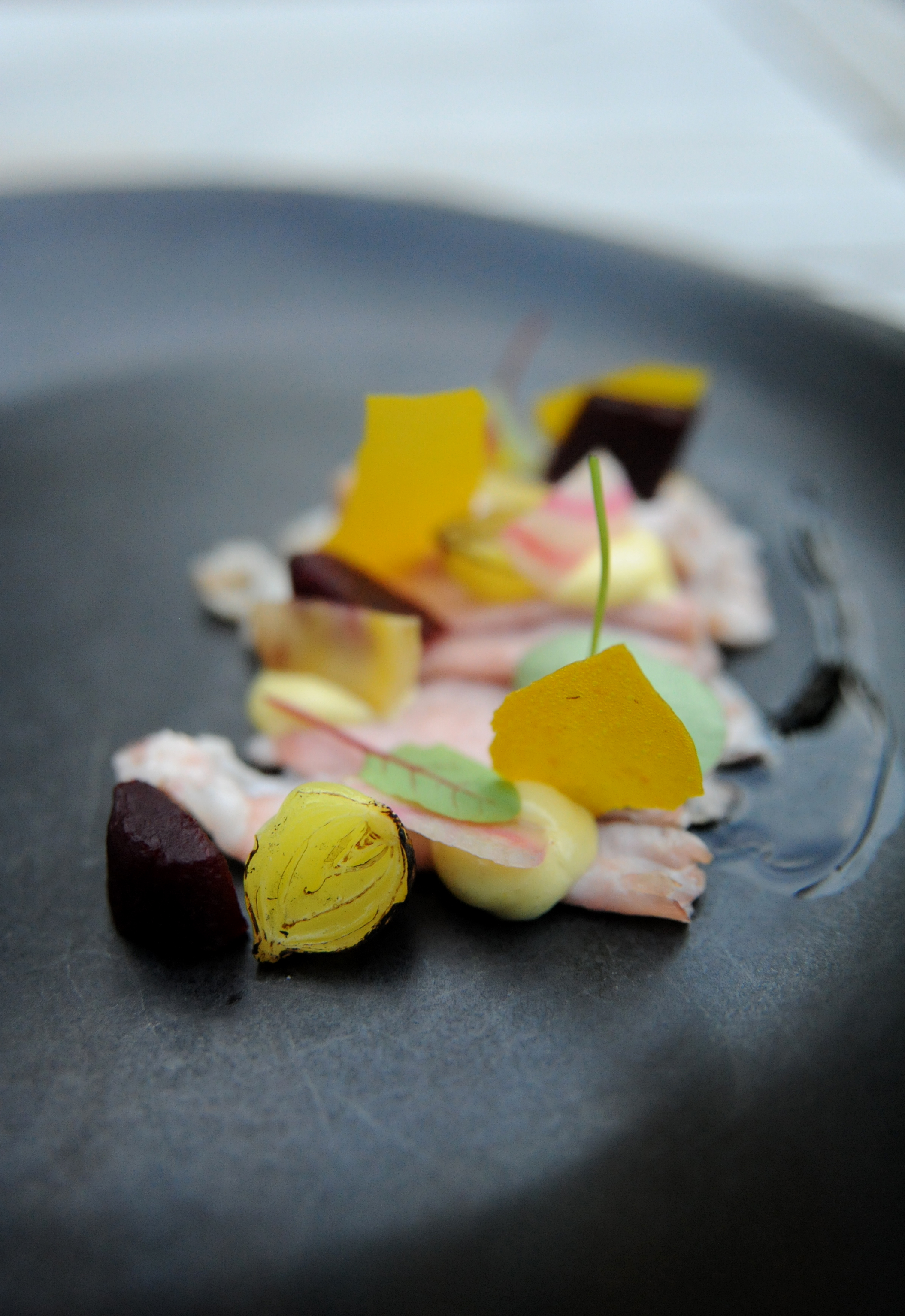
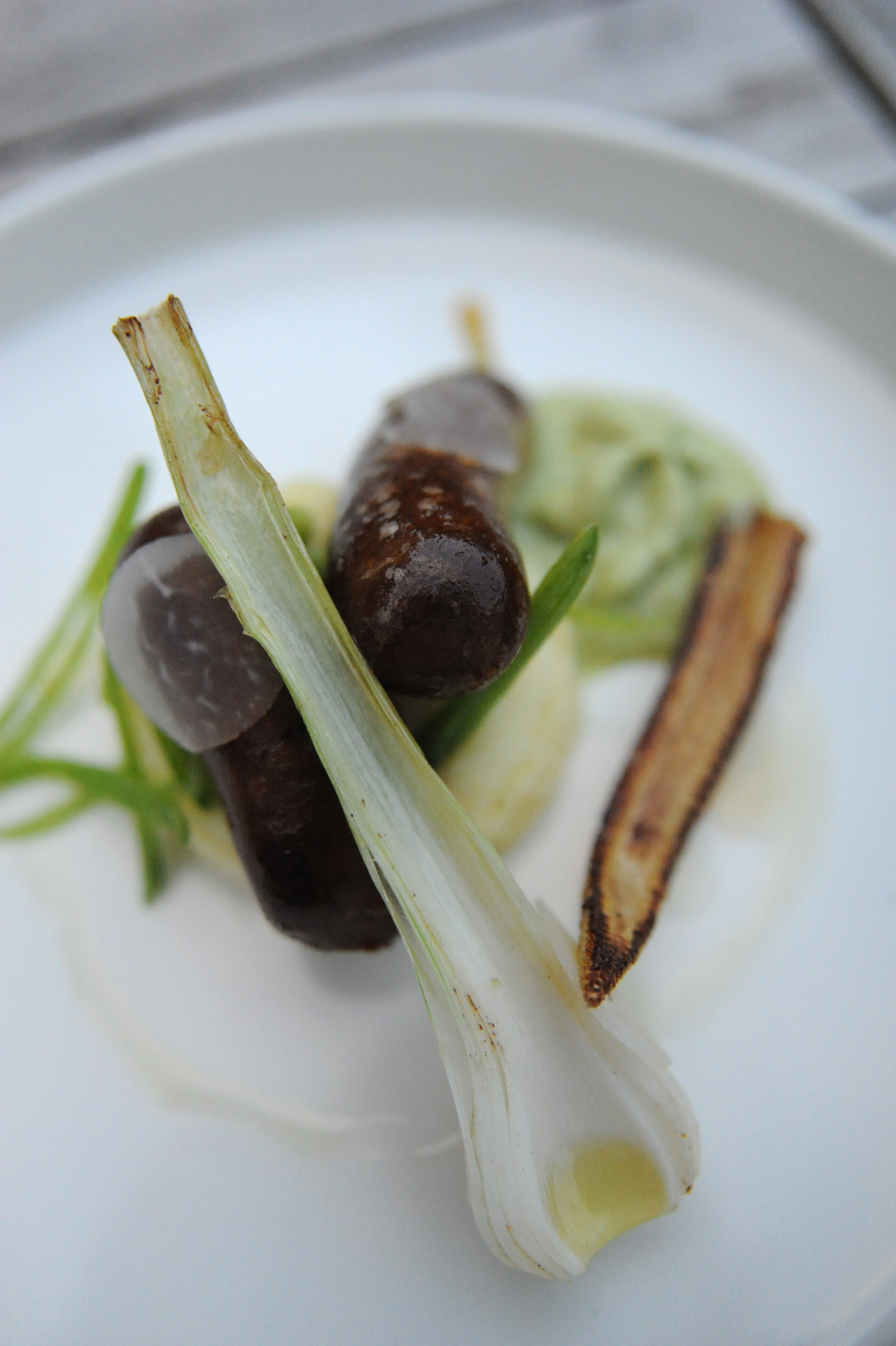
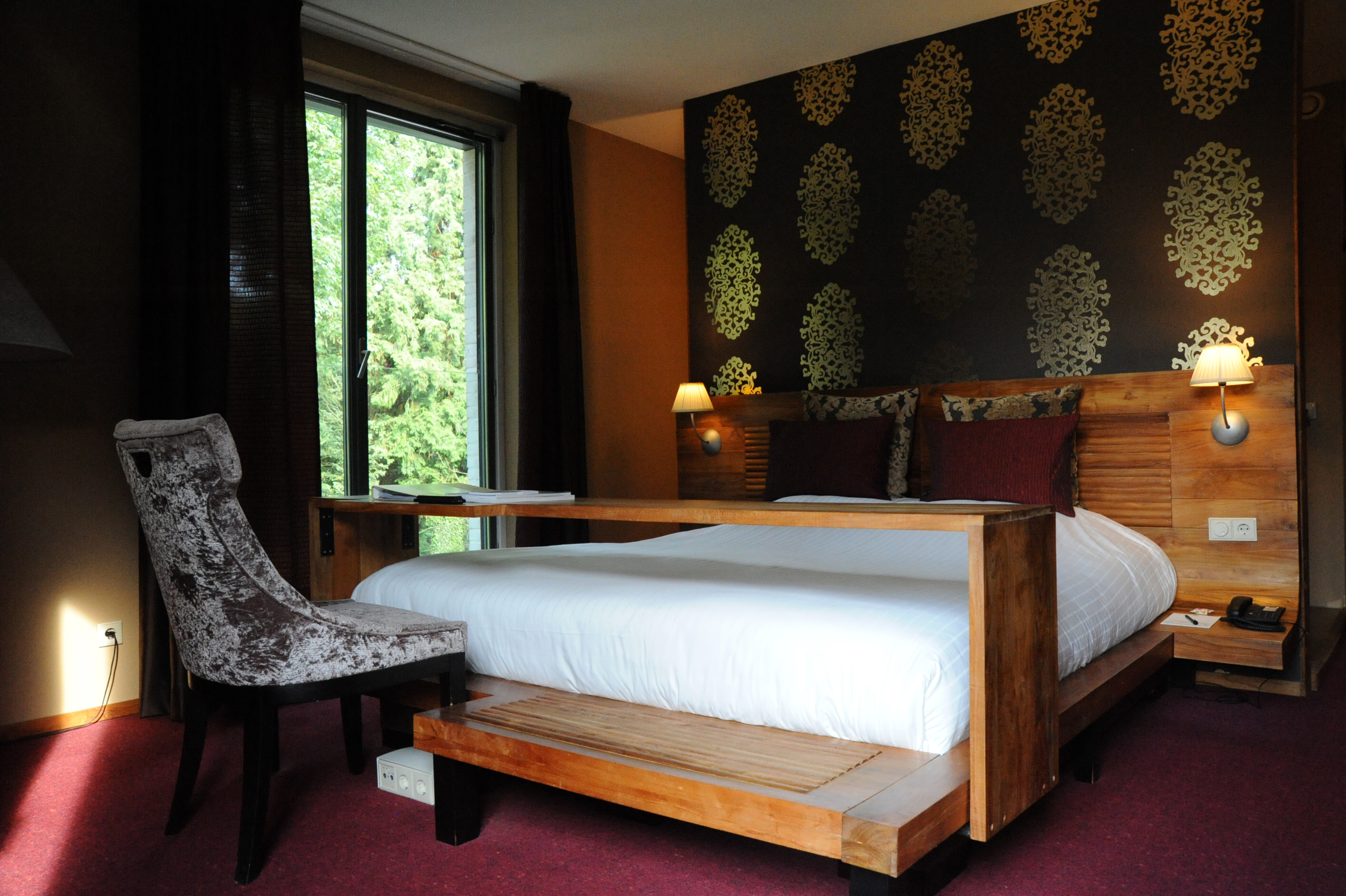
Then bedtime, in my very wooden bed. A central wall in the room acted as a divider between the bedroom and the open bathroom. I only learnt that the table moved up and down the bed when I leant on it and it slid away from me. Split-second poltergeist moment there. After all the excitement I slept like a log (must have been all that wood!)

Huis Middachten was a delight to see. A fully working family estate, owned by the 25th Lord of Middachten, Count zu Ortenburg. Above the entrance the coat of arms reads ‘Malo Mori Quam Foedari’ (‘rather death than disgrace’).
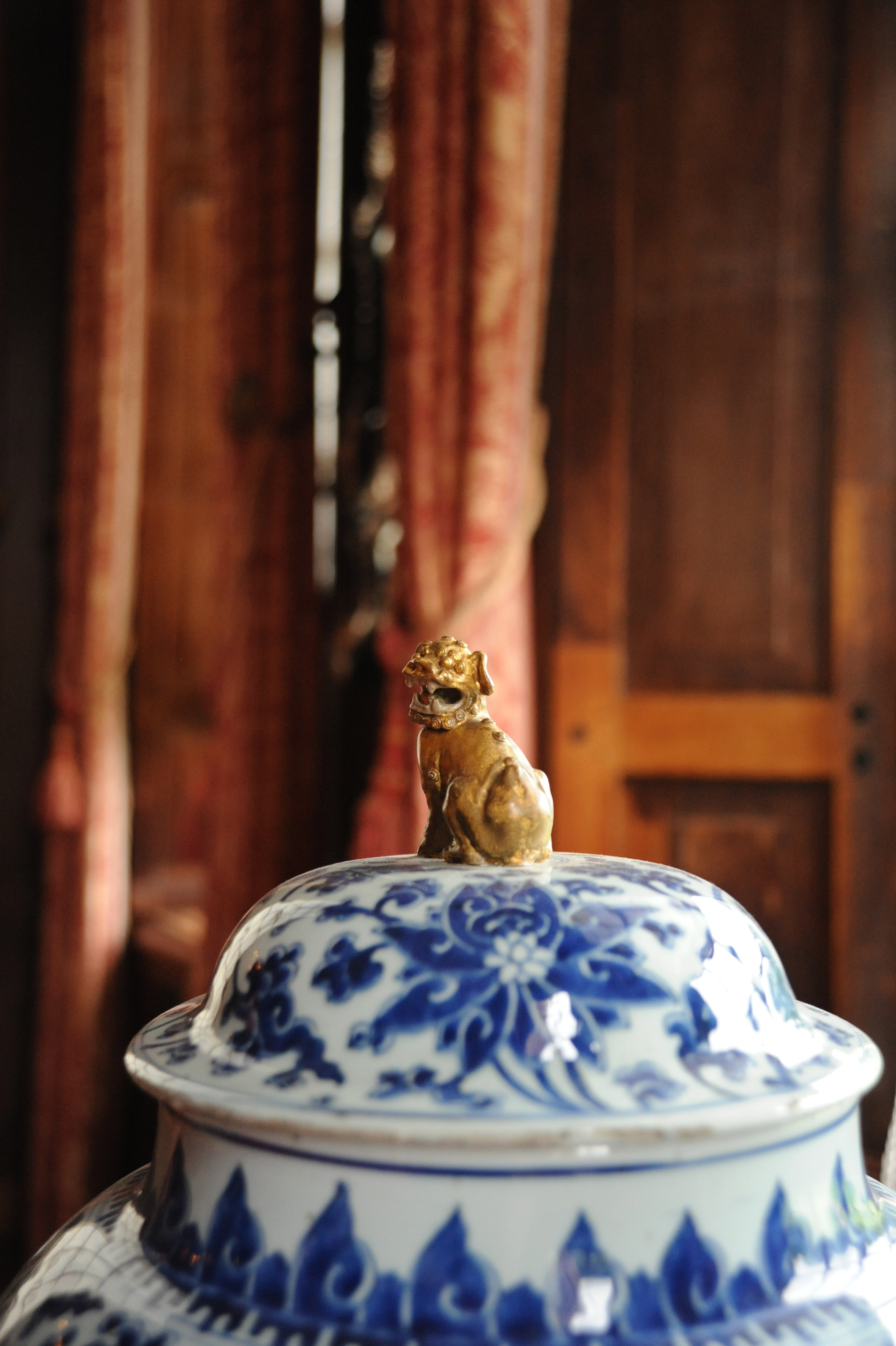

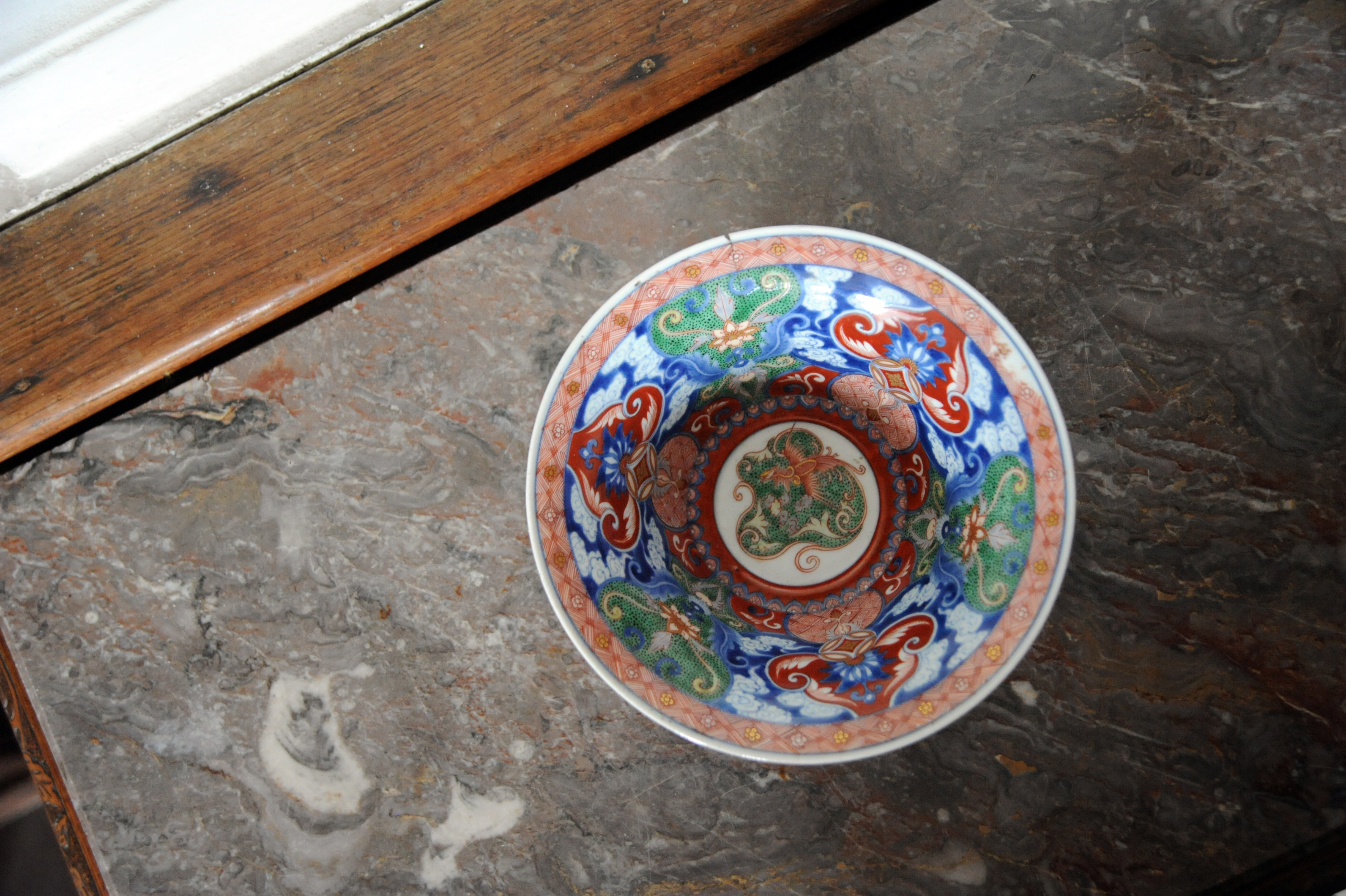

Inside, a pair of beautiful wooden staircases swept upwards, luring us to look up at the Italian ceiling and take in its glorious form – like an elaborate blancmange mould. Rooms of traditional furniture, china, panelling and family portraits. Middachten happens to house the largest portrait collection in the Netherlands.
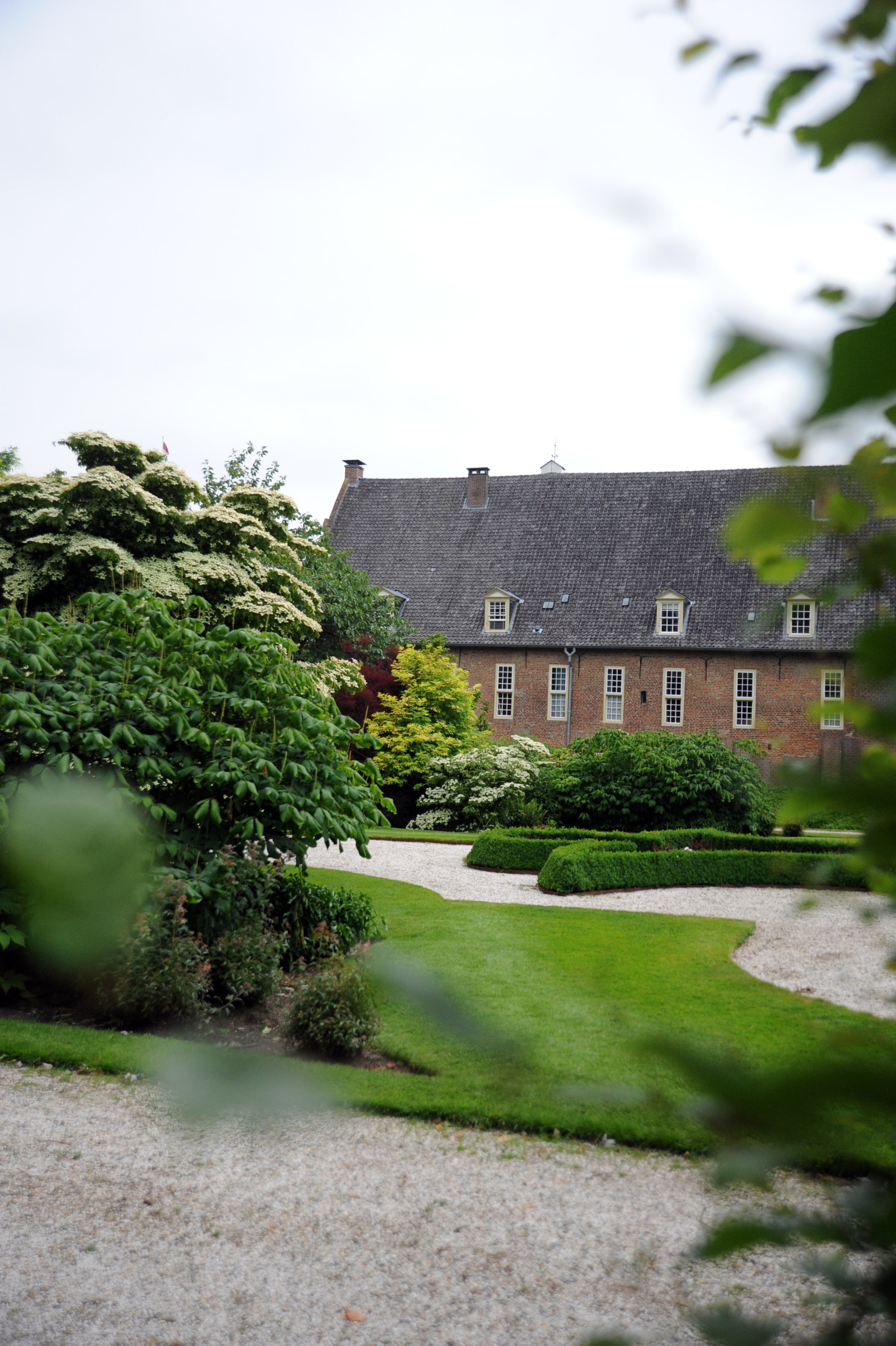


The gardens are very lovely, three centuries worth of design and care, and a dog cemetery. The Cedar of Lebanon, Weeping Chestnut, and male and female Ginkgo Biloba trees are a real treat to see. More roses – beautiful roses (54 varieties), rhododendrons, and so many lily pads on the moat, where frogs chirruped away at maximum volume. (Apparently the head gardener brought the frogs from home as they’d been bothering her husband).
We ate sponge cake with hot tea in the orangery. I got told off by the Count and his dog tried to put its football in my bag. A morning well spent.
Landgoed Hotel Rhederoord for lunch. I felt immediately at home, the hotel was luxuriously serene and welcoming. In the dining room the rain pelted the windows, blurring the view of the trees. We gathered round the long table and ate the best pork belly I’ve ever had, followed by veal and beef with broccoli puree. All absolutely delicious.
We went to one of the balconies and looked across the garden. Beautiful, even in the horizontal rain. Set in 15 acres of park and woodlands, the estate has its own farm and provides fresh vegetables through a Food Bank for 1500 families.
Not only does Rhederoord have an almost totally organic kitchen, but they also produce their own range of products – Water 159, bottled from their own spring (159m below ground), a blonde beer Het Geheim (The Secret) made using their spring water and delicate, smooth and delicious honey.
I definitely intend to go back. Come with me?

Kasteel de Haar is branded as Hollands’ one and only jet-set castle, aside from being the largest castle in the Netherlands, it’s selling point is that Brigitte Bardot, Coco Chanel and Yves Saint Laurent used to party here.
As we walked towards the ‘Medieval’ castle I couldn’t believe how immaculate it was, how polished and new it looked, like it was from a film-set, almost Disney. Turns out it was built in 1892. Yes, I could be a detective.
Baron Etienne van Zuylen van Nijevelt inherited the ruins of De Haar and when he married Hélène de Rothschild they decided to rebuild the castle. It is not known exactly what the original castle looked like (not like this!) but they brought in architect Pierre Cuypers (Rijksmuseum and Central Station Amsterdam) who went at it with elaborate Neogothic aplomb. The family threw in all mod cons (central heating, hot water, and electricity) and the castle became a place to entertain and party, used only one month each year.

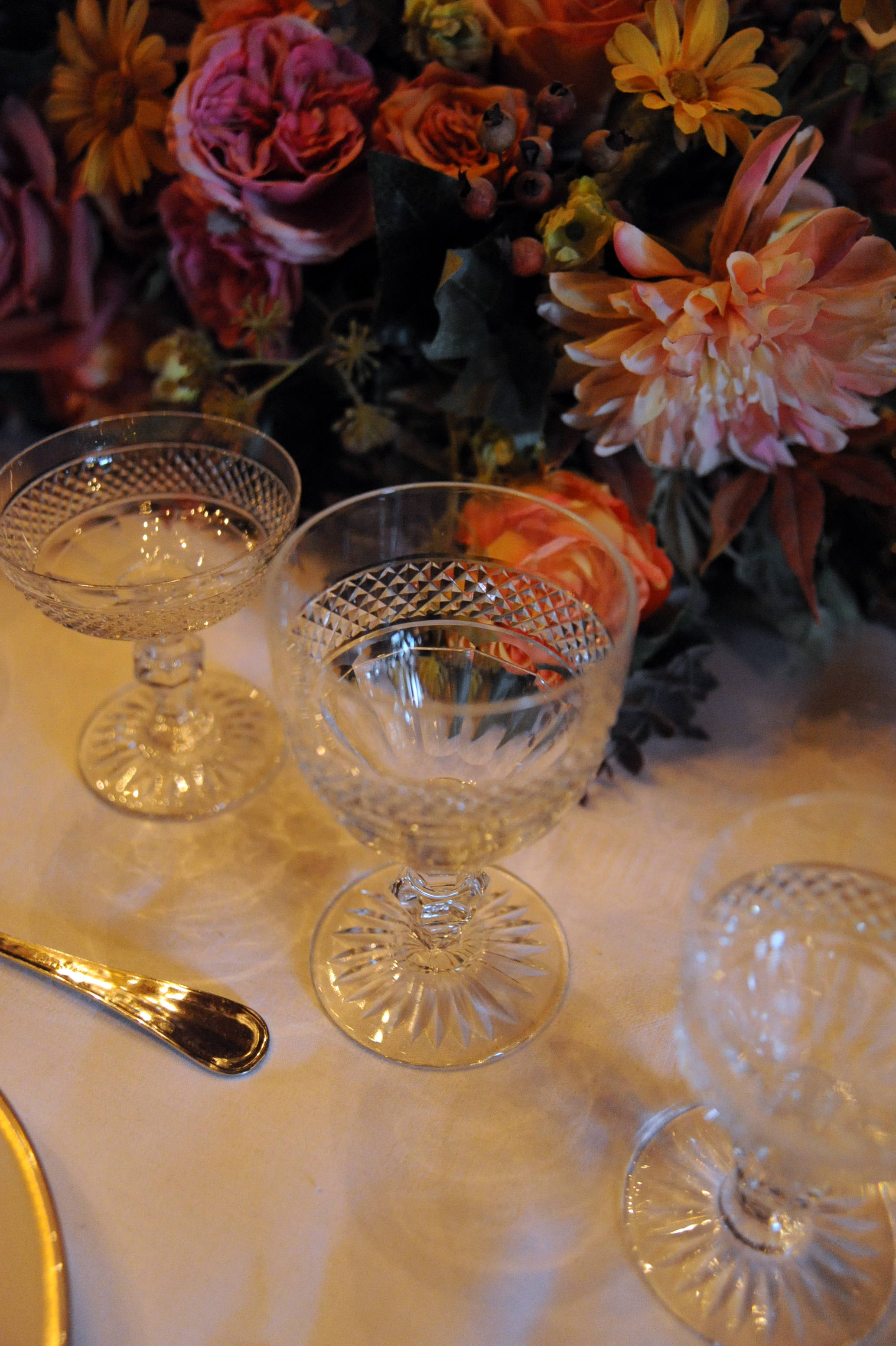


240 rooms, huge fake fireplaces, 16th Century tapestries, ornate brass chandeliers, tiles and patterns and wood panelling. And an interesting bathroom with what looks like a cigarette burn on the bathroom scales (I blame Brigitte).
It’s a fascinating display of wealth and workmanship, but give me frayed edges and faded grandeur any day. Or maybe – just give me the garden.
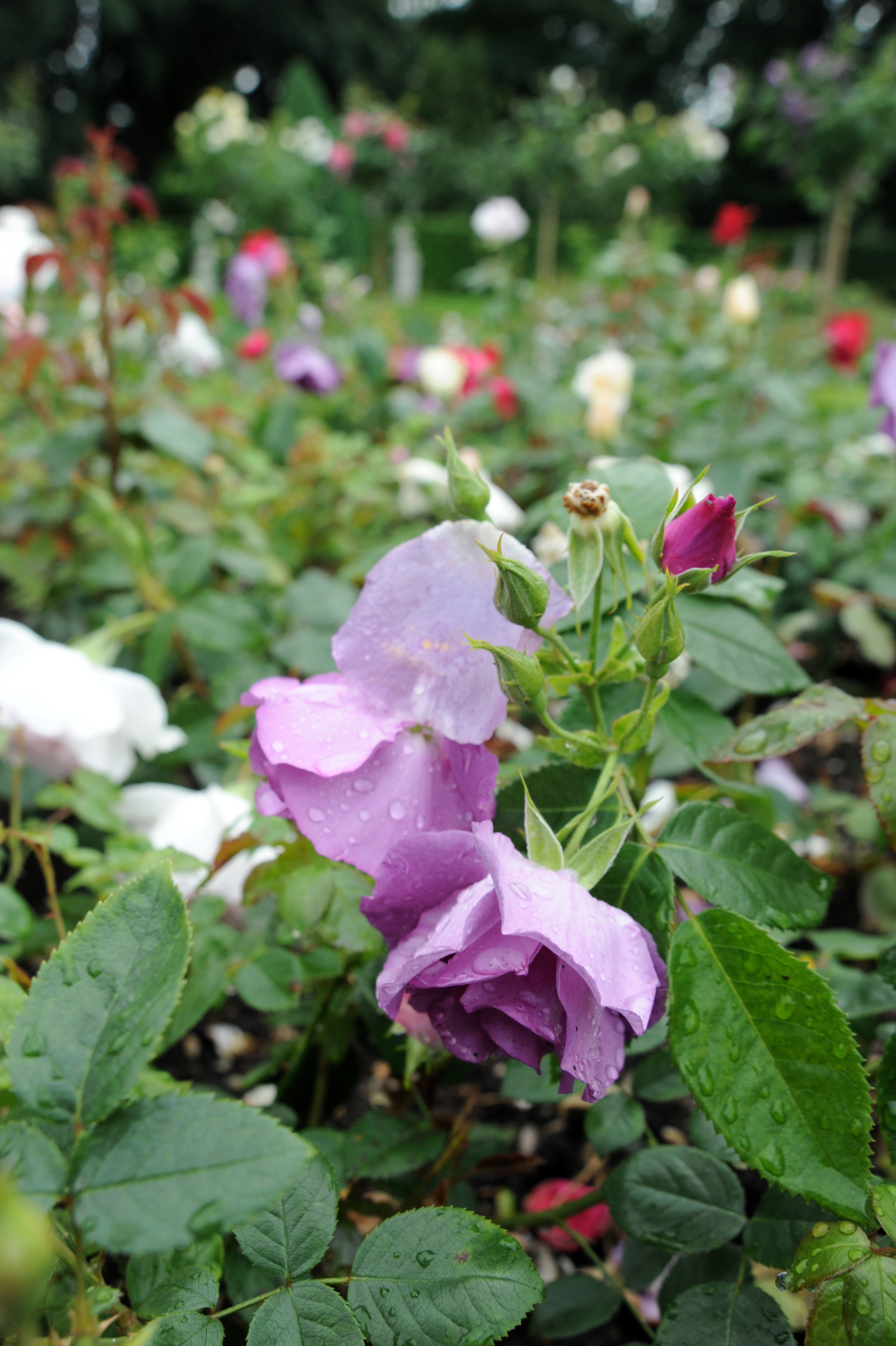


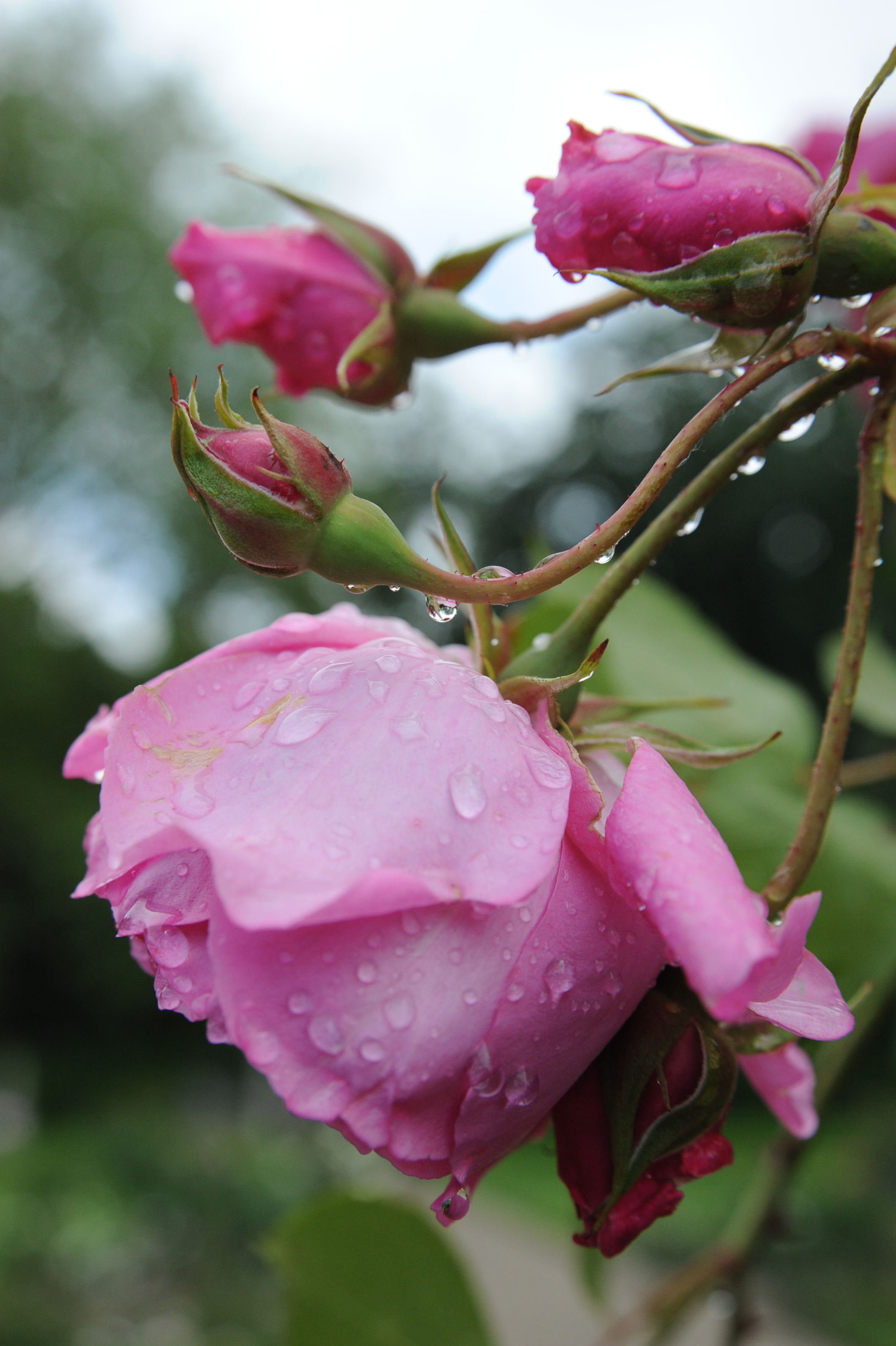
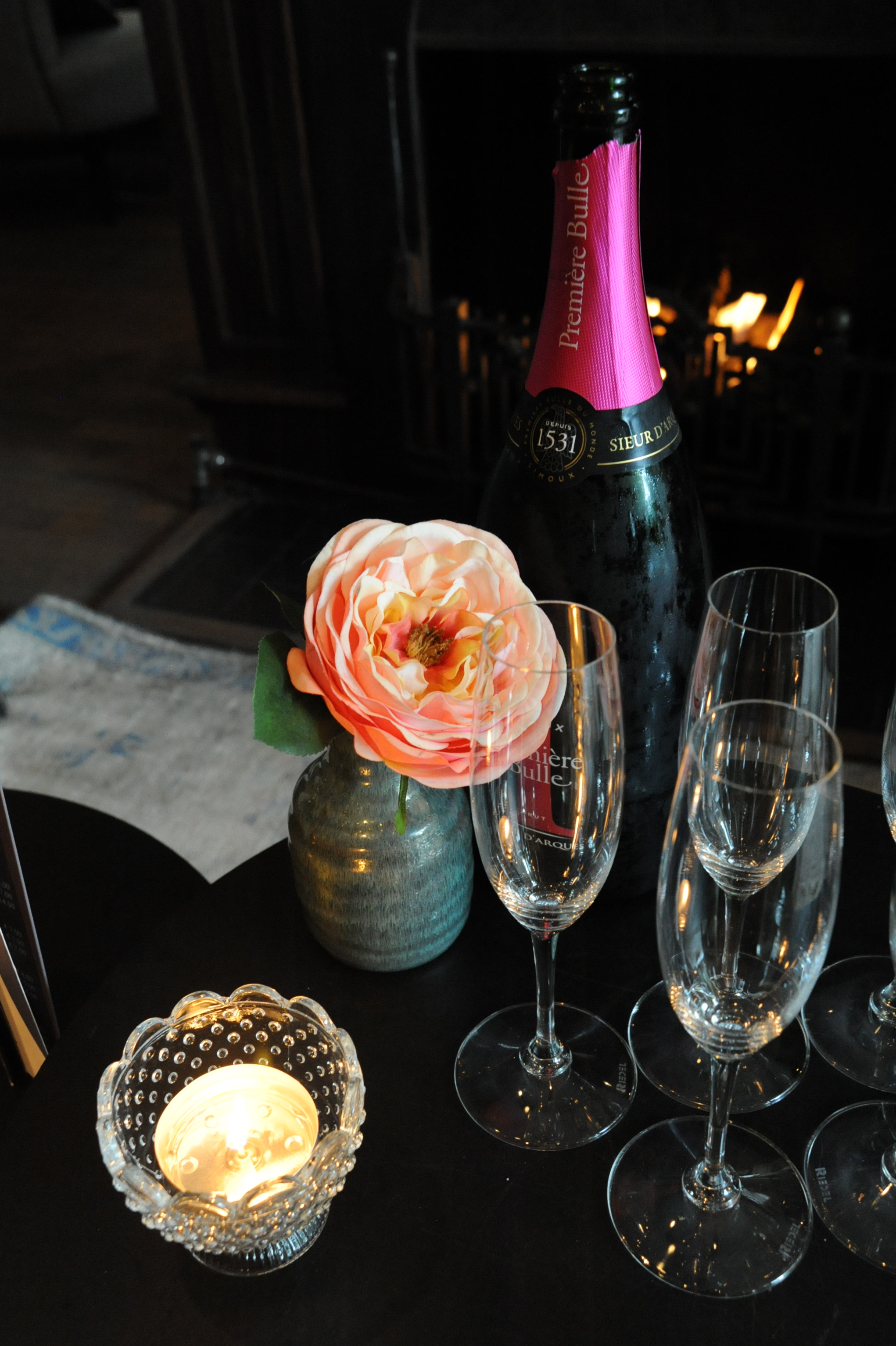
Kasteel Kerckebosch for dinner and sleeping. Both a success.
Owner Ingmar Sloothaak dubbed it the ‘Culinary Castle’ and I like that. Best kind of castle (after ‘bouncy’, of course). Kerckebosch is a lovely building, not overstated, not oversized, just lovely and made up of a mixture of period and reclaimed materials from other buildings including churches, abbeys and castles.


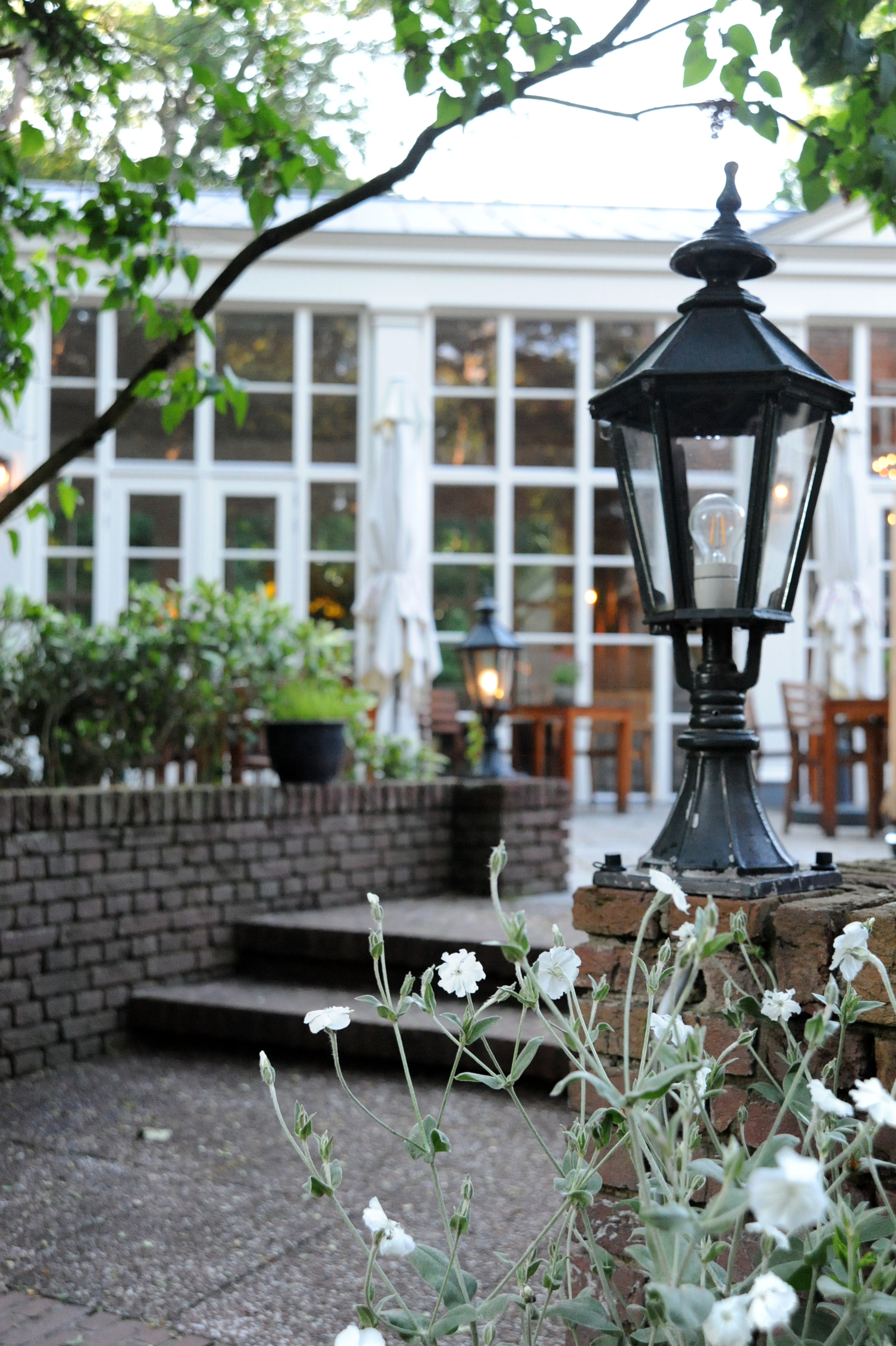
The original owner, Egbert Lintelo de Greer, finished building in 1911, then in 1940 the castle became a hotel. Over time it became less cared for, and in 2015 the main facilities were refurbished and Kerckebosch was reopened, much to everyone’s delight.

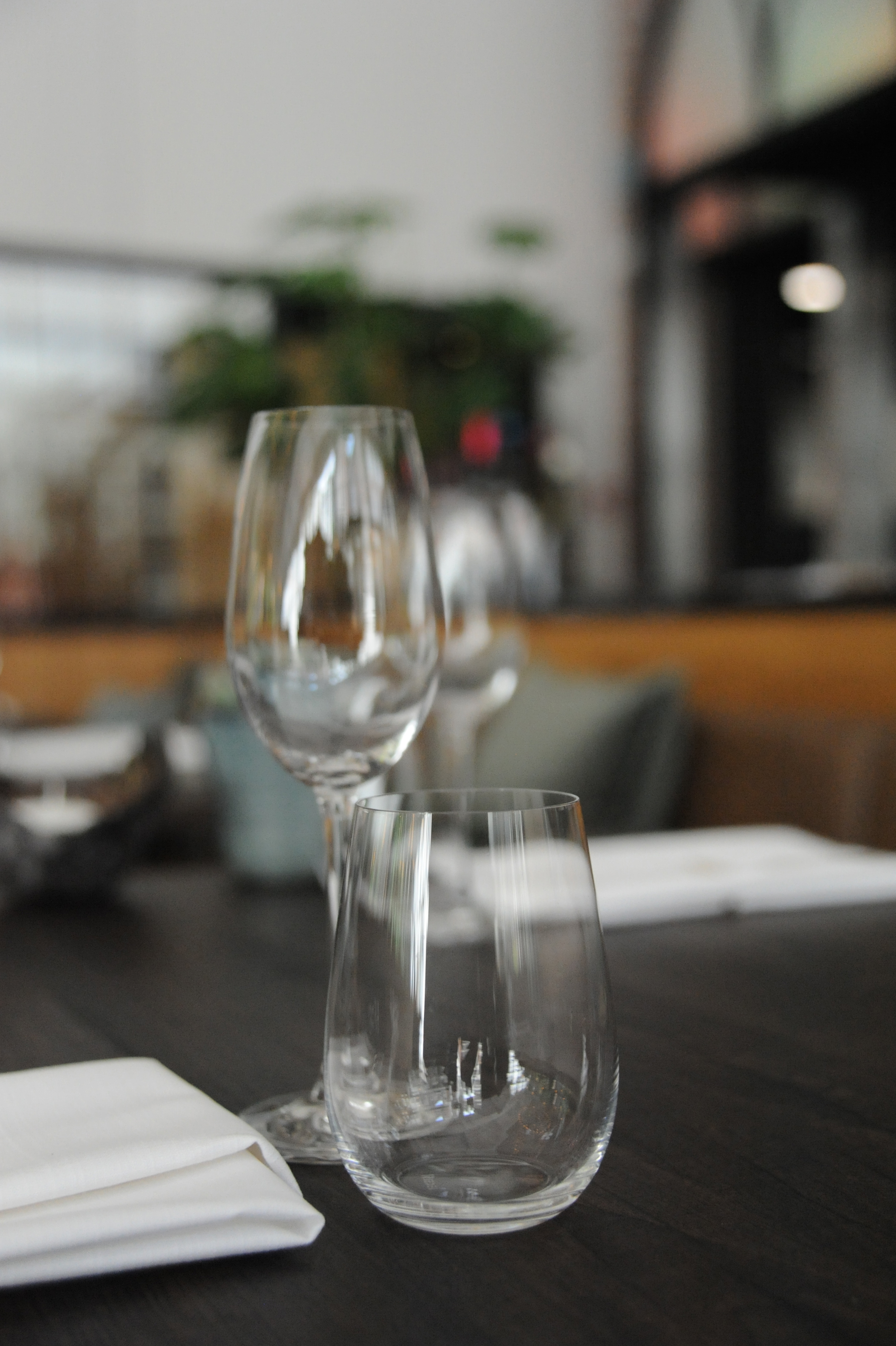
Dinner in the orangery – a new addition to the building, and perfectly, simply, in-keeping. The menu was eclectic, something for everyone – lobster rolls, Gado Gado, Rendang, salmon poppadums’, and short rib beef with whiskey cola sorbet. Tasty.
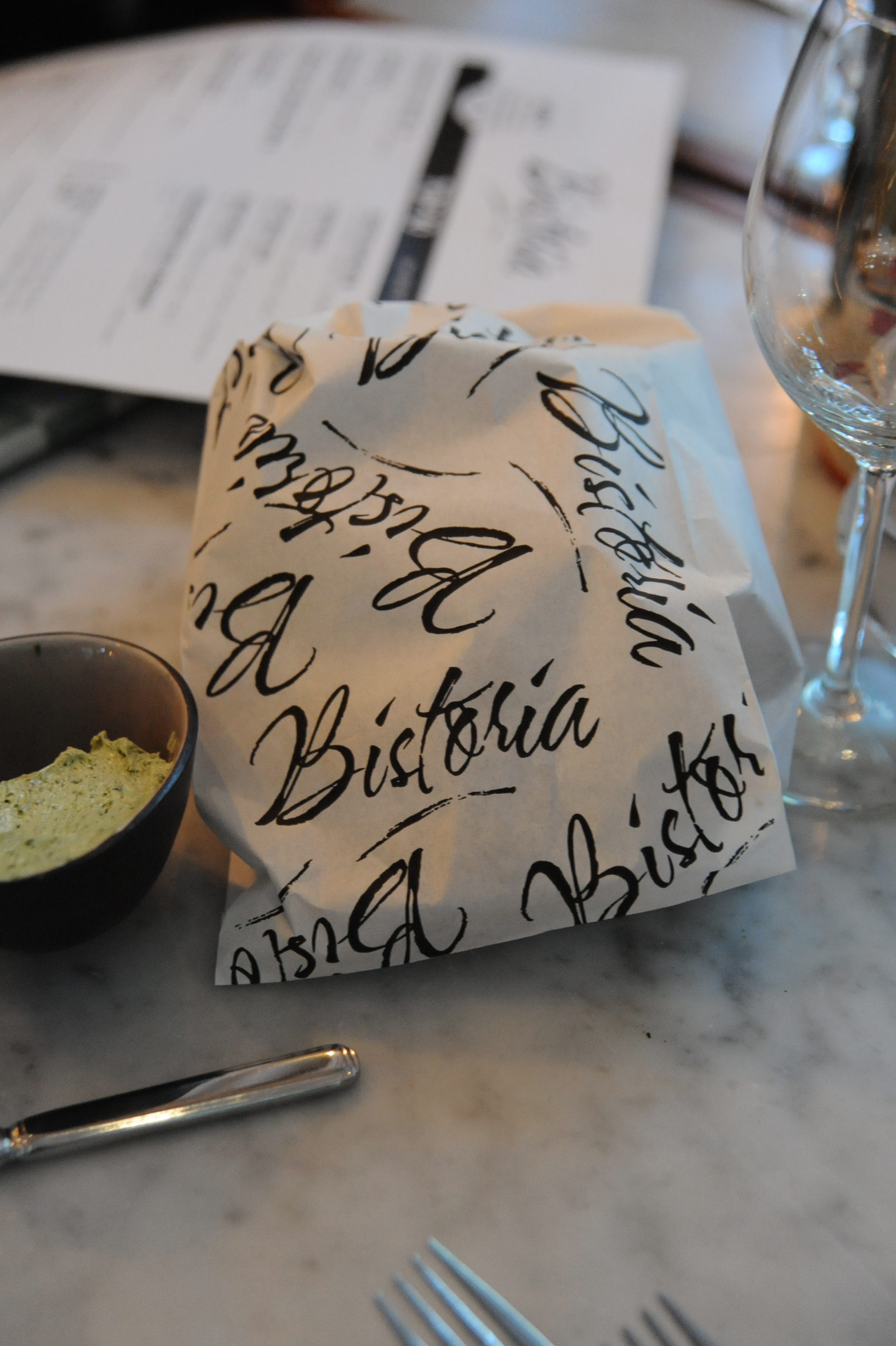
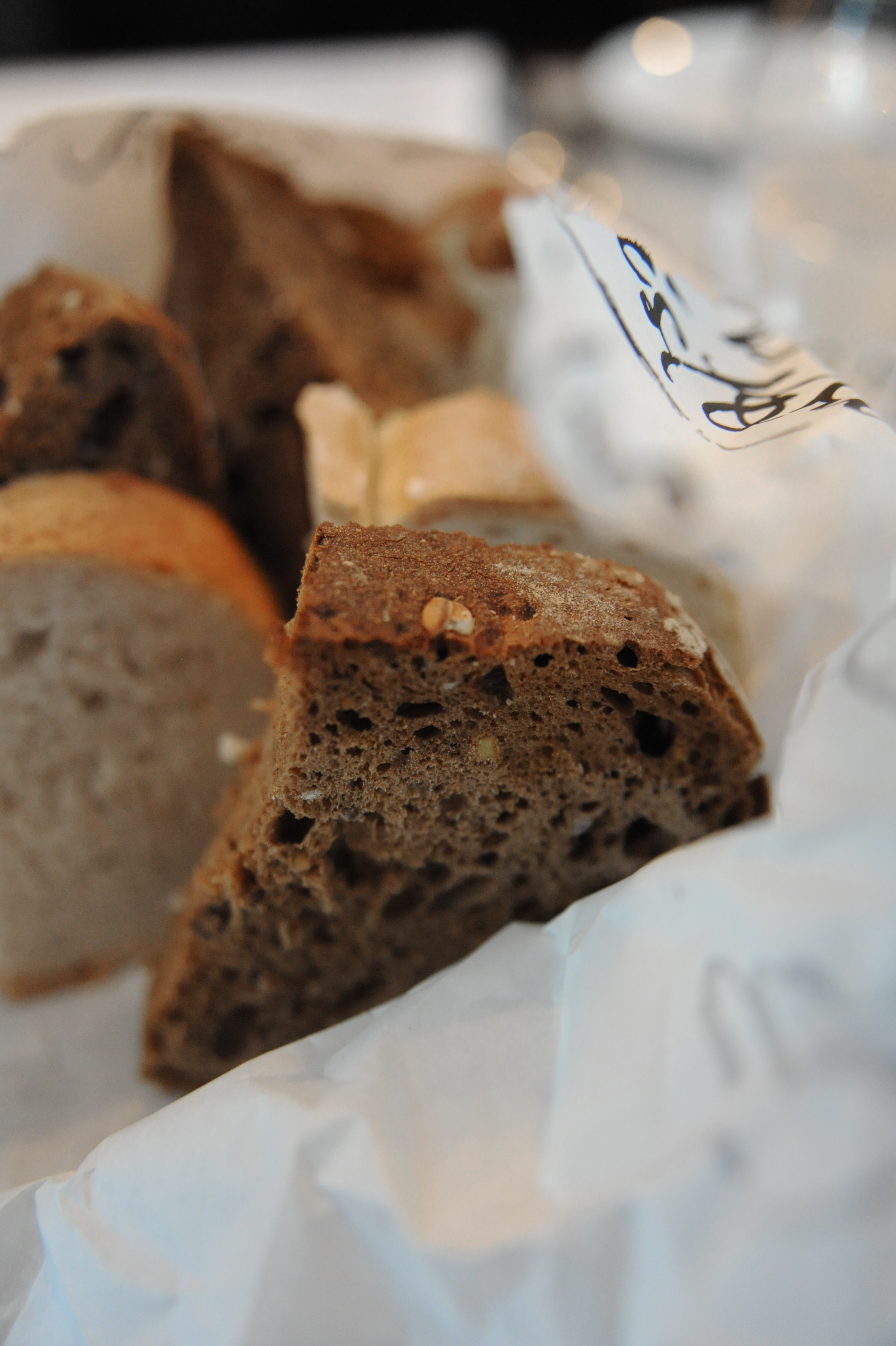
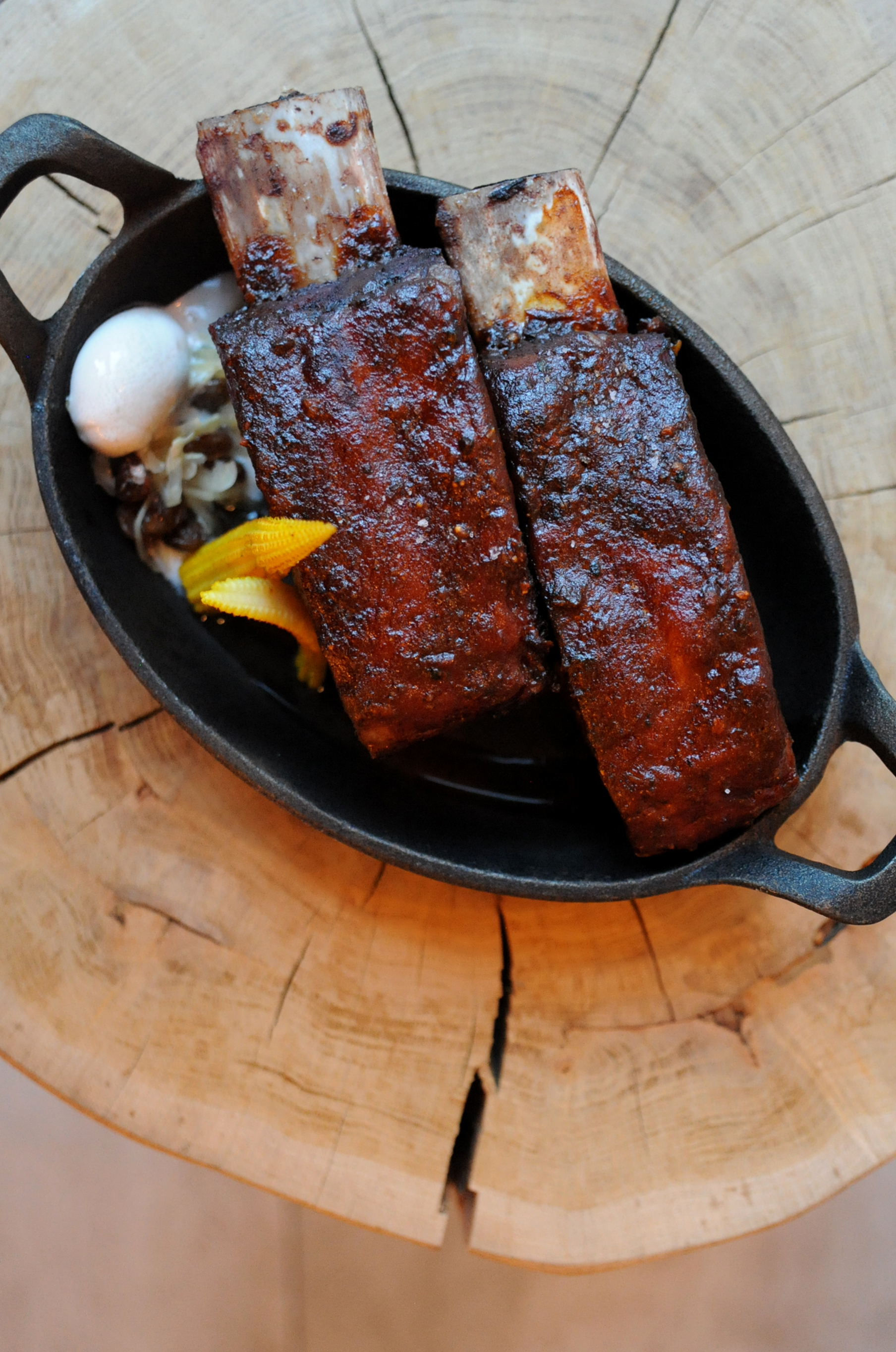
A wonderful evening and a peaceful night’s sleep. I sleep best in castles after big dinners.
In the morning I was ready for croissants and more castles, but it was time to go home already. 48 hours of castles and country houses – not an endurance contest, but, if it was, I think I could be quite successfully placed in the rankings.
Back on the ferry, back to the peace and pastries of the DFDS Premium Lounge. We went up to the bridge, met the captain, watched the waves through the glass floor, asked questions about engines and fuel tank capacity. We looked at the refurbished public areas, the cakes and the healthy lunches, and mostly the carpets.
Always looking for carpets, cats, or combs, sometimes castles, cars and stray croissants.
DFDS operates services from Dover to Dunkirk and Dover to Calais, offering up to 54 daily sailings, with prices from £49 each way. All Dover-France ships feature a Premium Lounge, which can be booked for an additional £12 per person each way. Priority boarding is also available from £10 per car each way.
Slot Loevestein Loevestein 1, Poederoijen 5307 TG Gelderland
Landgoed Hotel Groot Warnsborn Bakenbergseweg 277, 6816 VP Arnhem
Landgoed Huis Middachten Middachten 3, 6994 JC De Steeg, Gelderland
Landgoed Hotel Rhederoord Parkweg 19, 6994 CM De Steeg
Kasteel de Haar Kasteellaan 1, 3455 RR Haarzuilens
Kasteel Kerckebosch Arnhemse Bovenweg 31, 3708 AA Zeist
More information on Dutch castles and country houses: www.holland.com/castles
With the greatest thanks to DFDS and Visit Holland for making this trip possible, and with whom I was a guest. As always, my opinions are my own (and my ability to lure other peoples dogs, something I might rely on for a future career).


